The second day of our journey we decided to be cultural tourists, at least in the morning. So, we followed the suggestion my accountant, who was hosting us at his marvelous agritourism, gave us. We drove to Padula to visit the famous Certosa, from
Wikipedia's entry "a large Carthusian monastery, or charterhouse, located in the town of Padula, in the Cilento National Park, in Southern Italy. It is a World Heritage Site.
The monastery is the largest in Italy. Its building history covers 450 years, but the principal parts of the buildings are in Baroque style. It is a very large monastery, comprising 51,500 m2 (12.7 acres), with 320 rooms and halls."
The locals are super proud of this site, as you can imagine, and they actually told us this certosa is the second or thirds biggest in Europe, and it has the biggest cloister in the world.
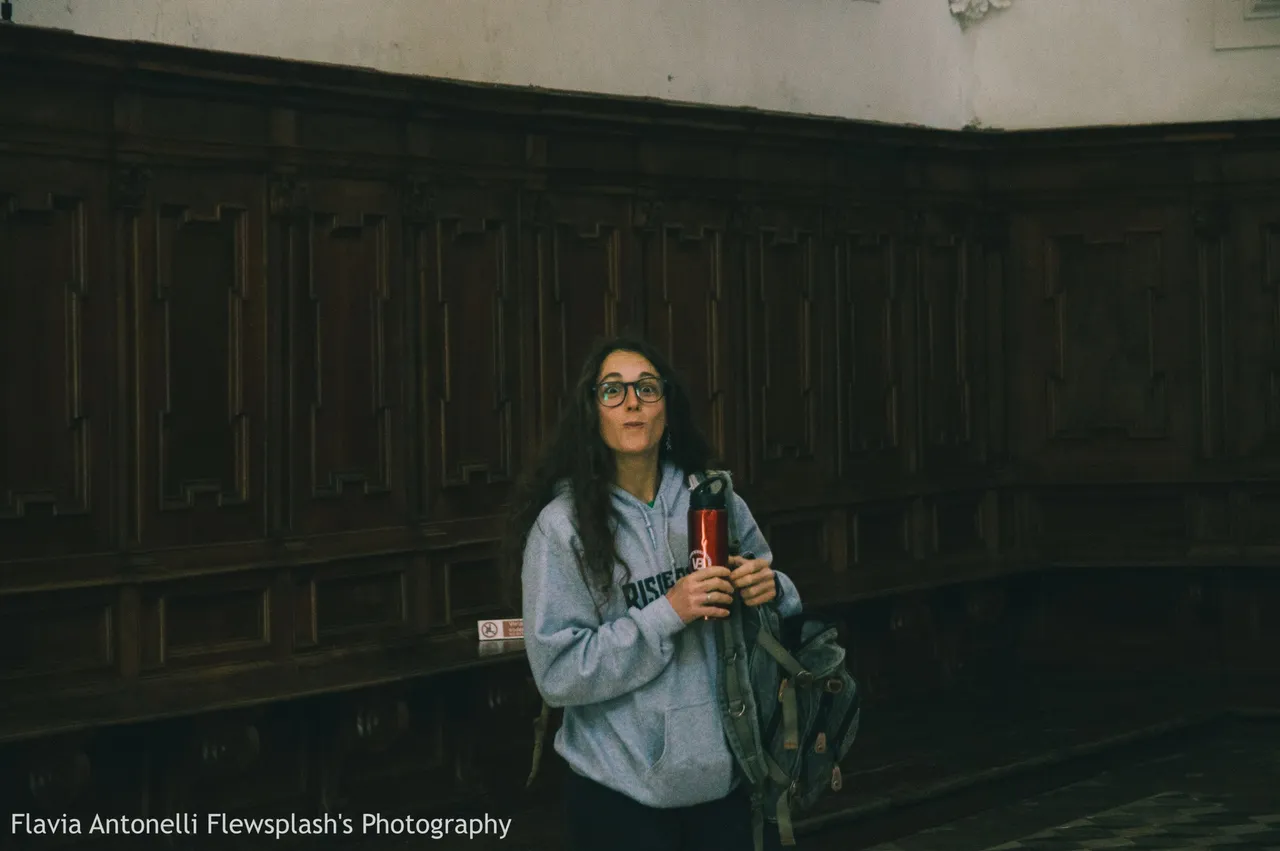
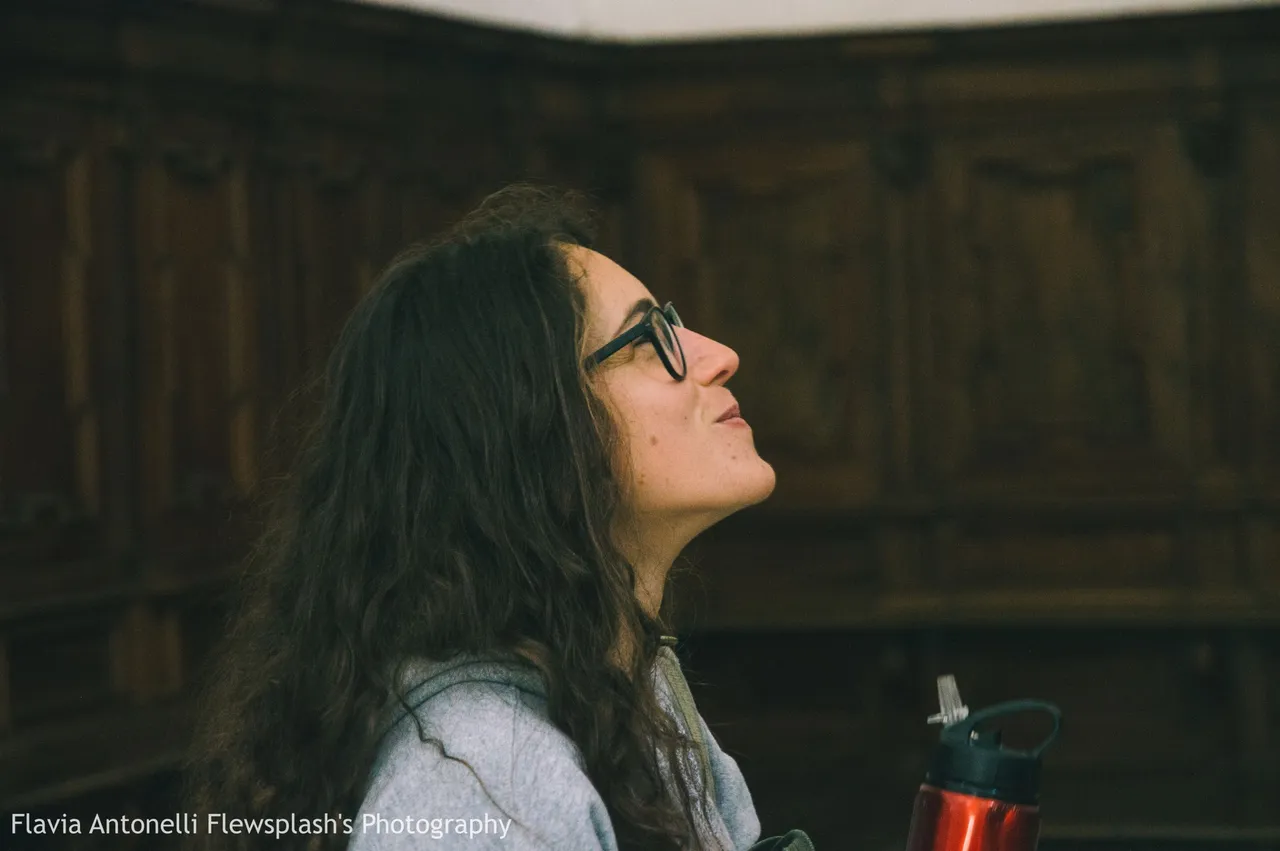
Of course, never be too serious! Riccardo always took photos of me in the most ridiculous moments, but this is also his way to make me laugh, and I have to admit, he's lovely.
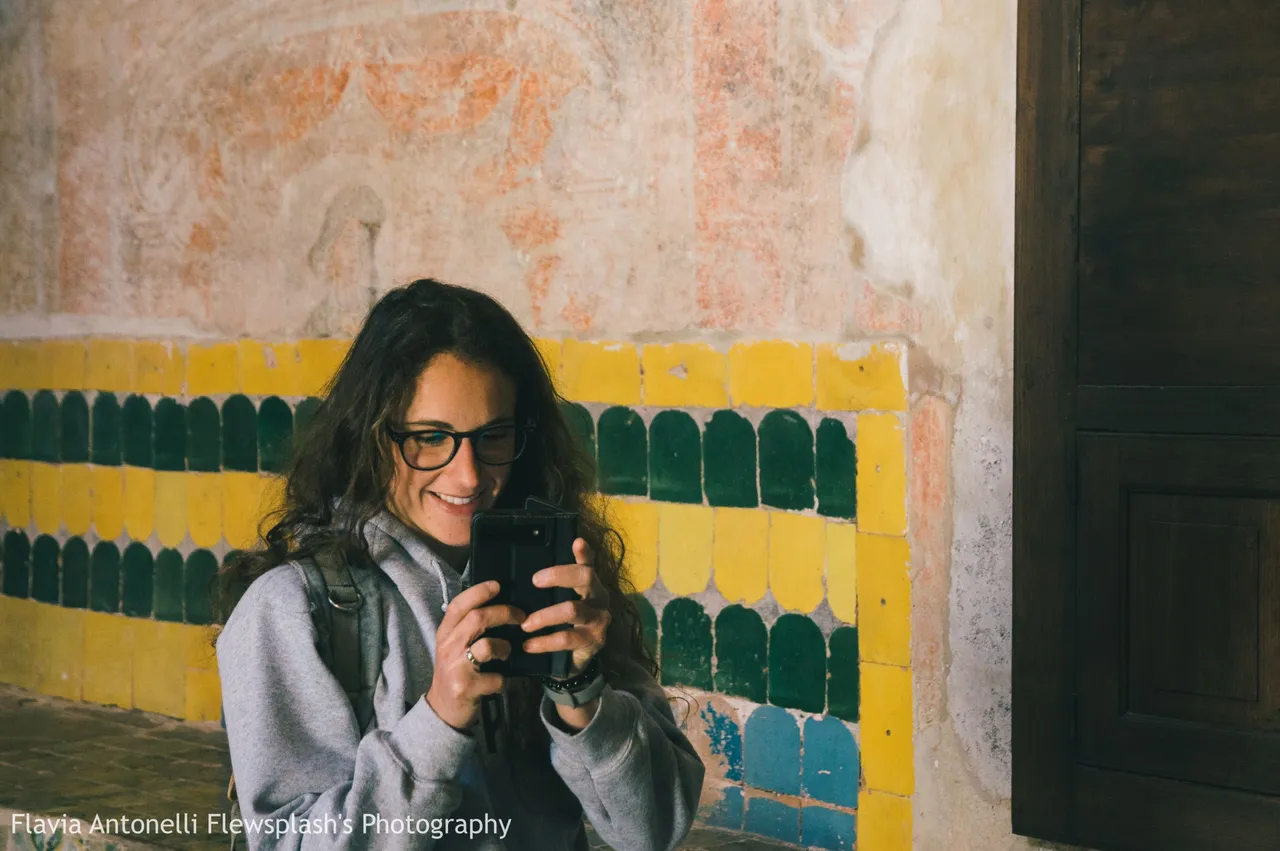
Talking about the certosa, you need to know that it's beautifully huge and it take a little while to visit it entirely; we took at least 2 hours, and some parts were not accessible due to restoration works ongoing. Imagine that its history begins in the XII century, when Tommaso di San Severino founded the Charterhouse of Padula on the same site of a much older preexistent monastery.

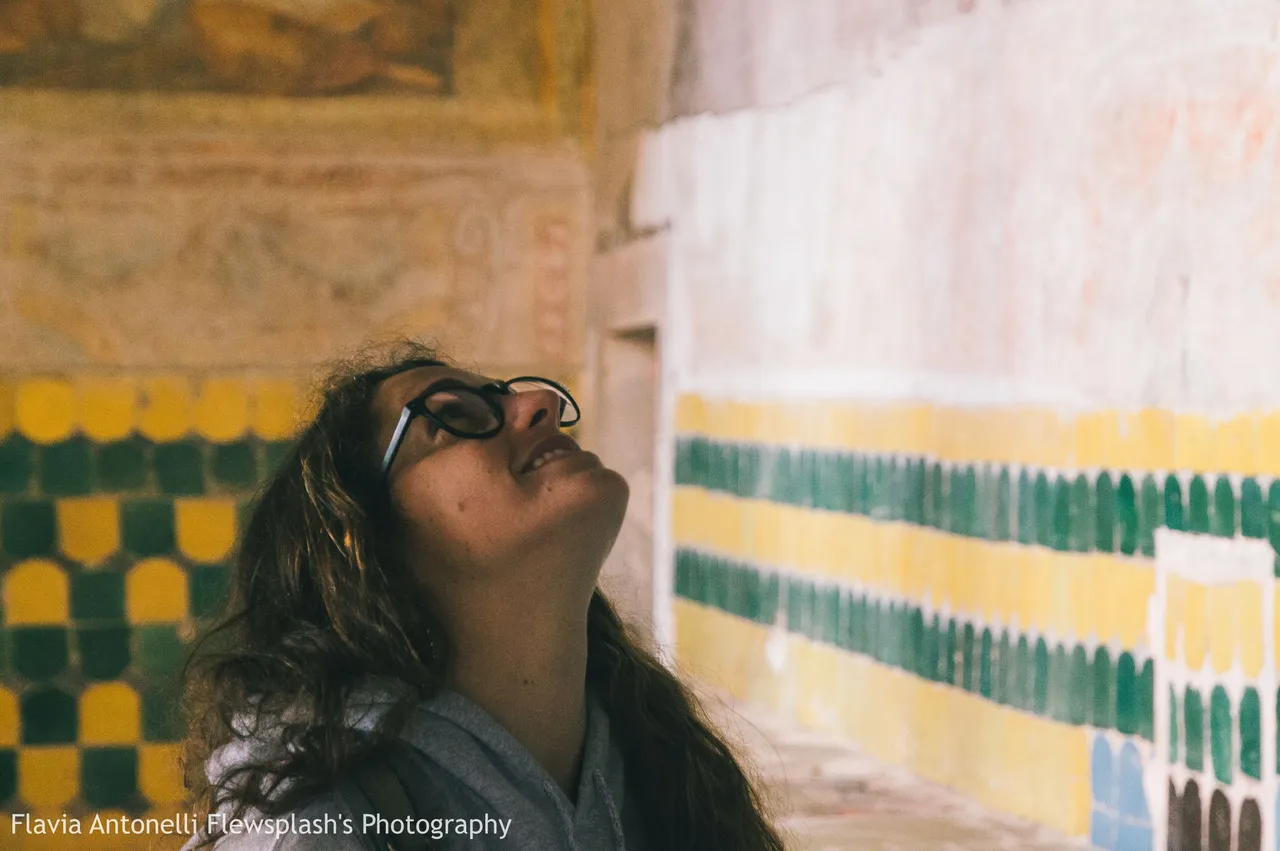
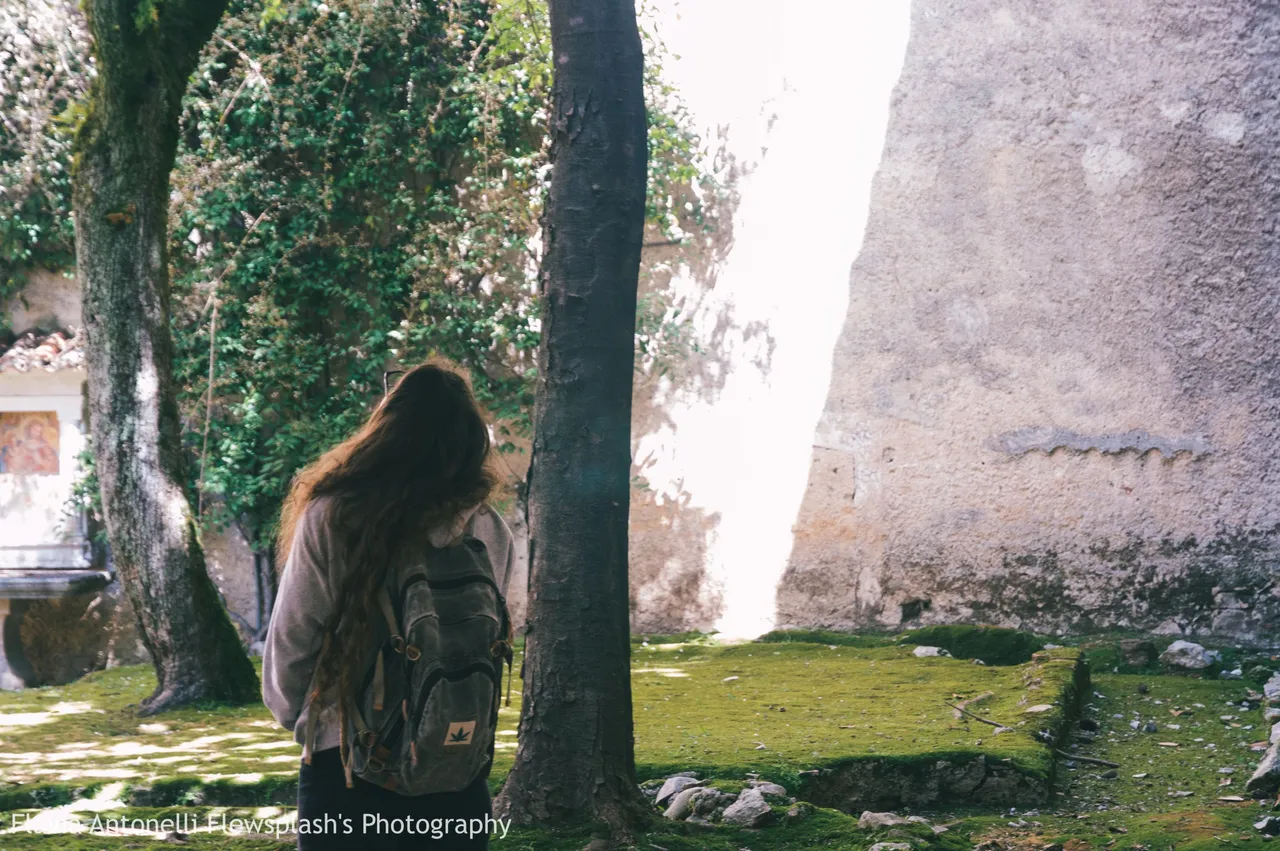
The Padula Charterhouse is really impressive for its vastness, if you take a look at the pictures of the cloister you can realize that. What I love the most was, of course, the presence of multiple gardens, and in general, many open spaces collecting the variety of sections and rooms of the Charterhoue.

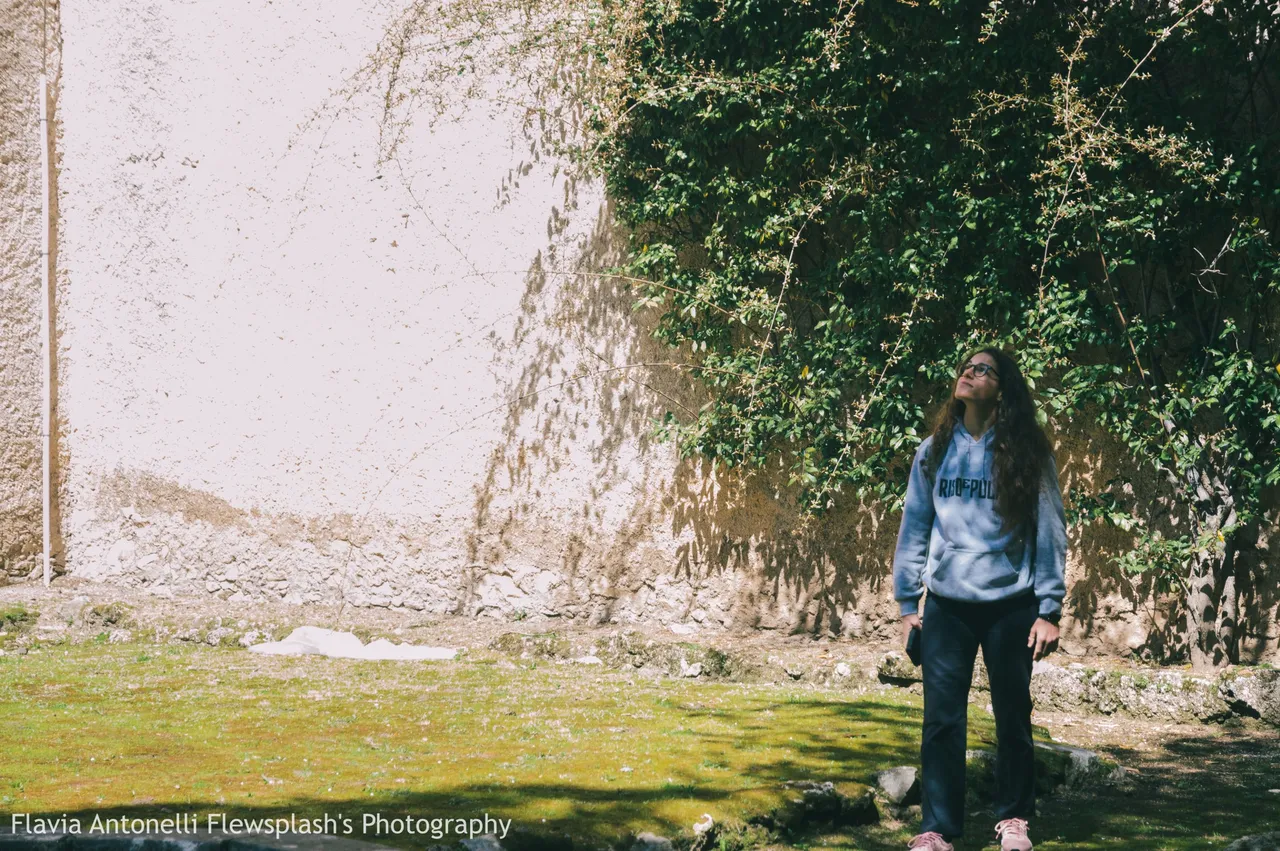
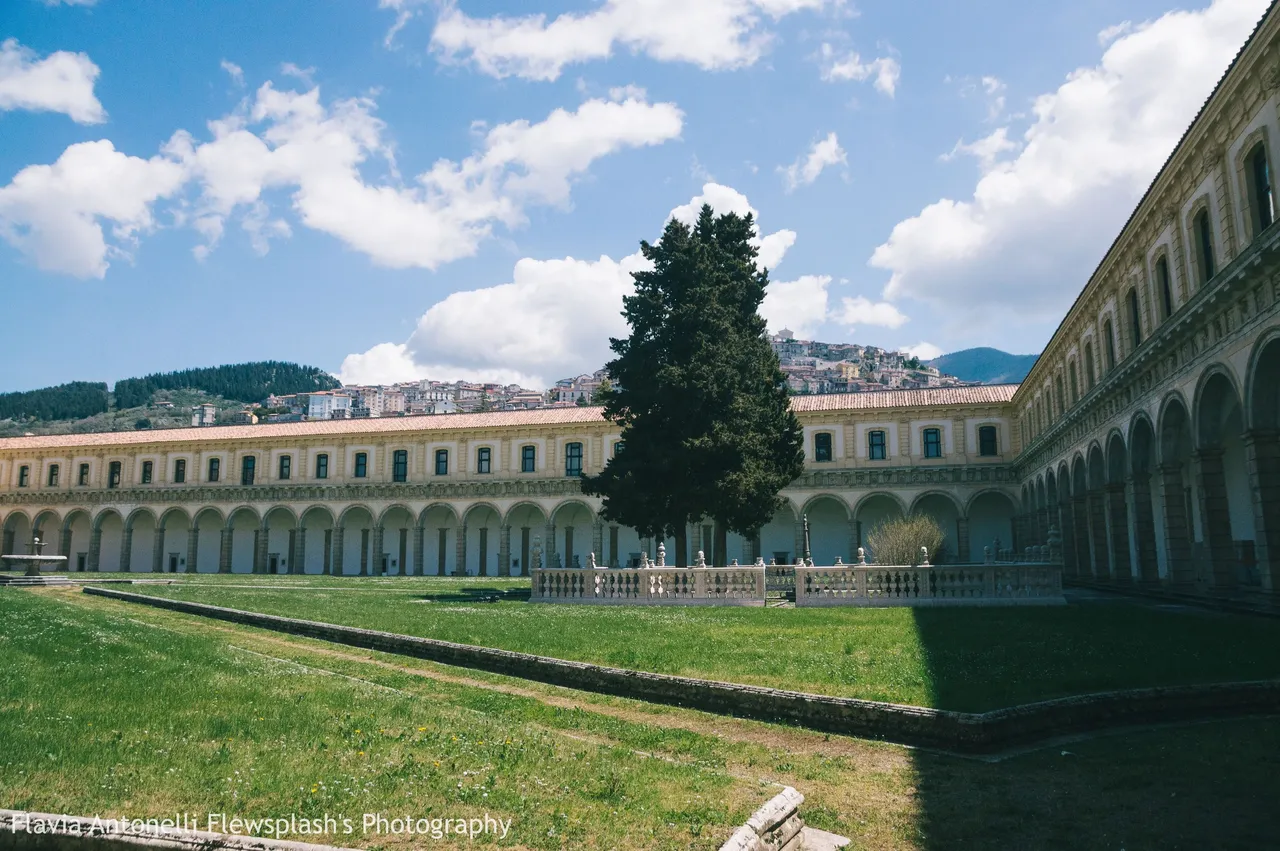

Riccardo took over my camera so most pictures of the Charterhouse are actually his, but I edited them a little bit and the signature on the pictures is mine by default, as I always post-produce and export on Lightroom with the same settings.


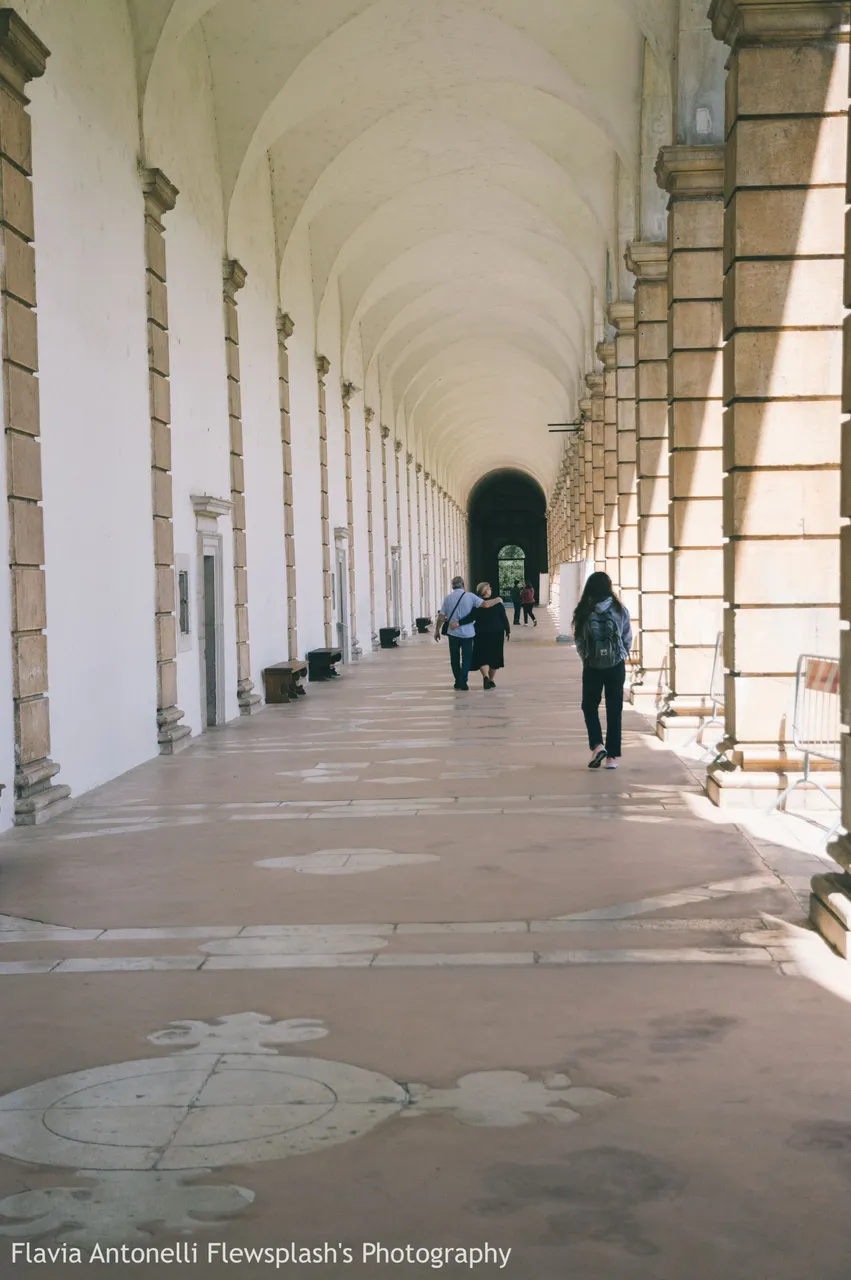
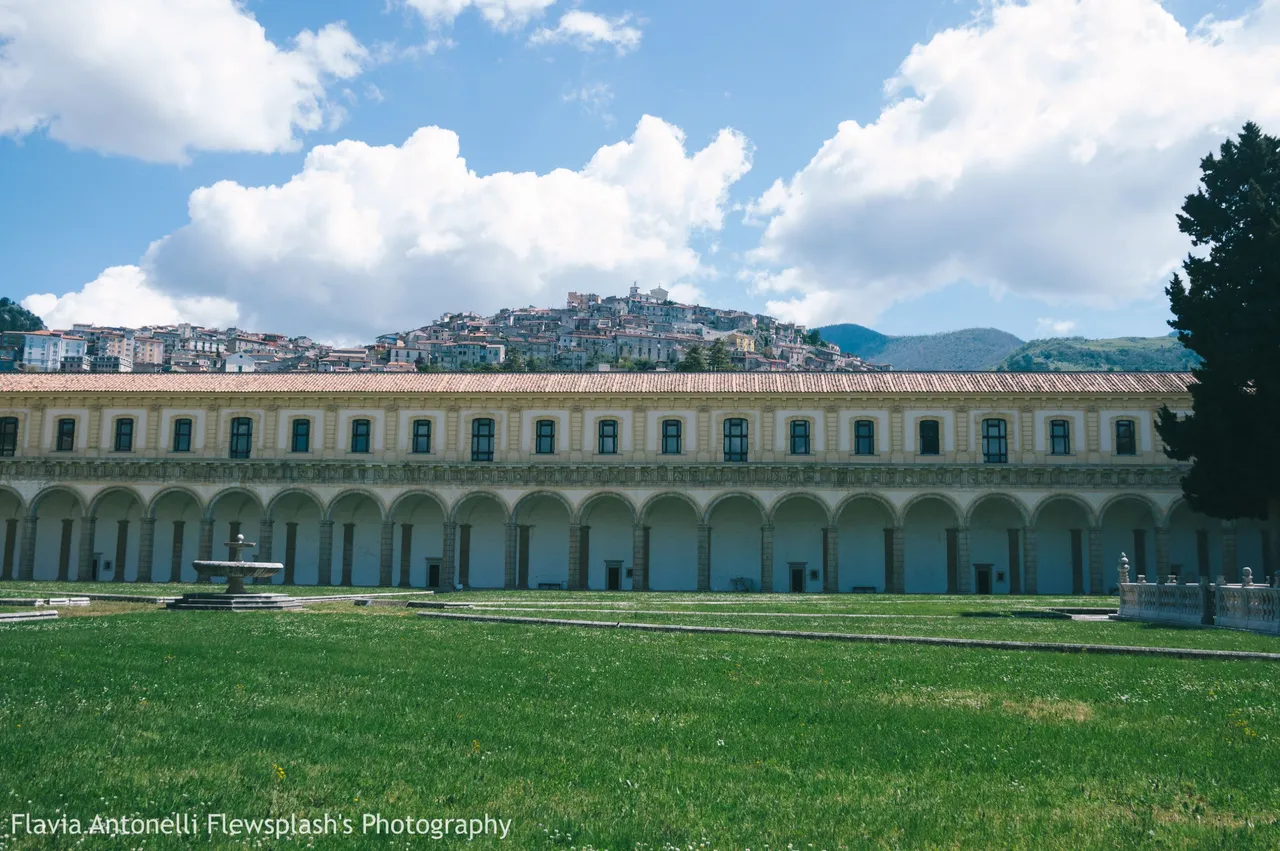
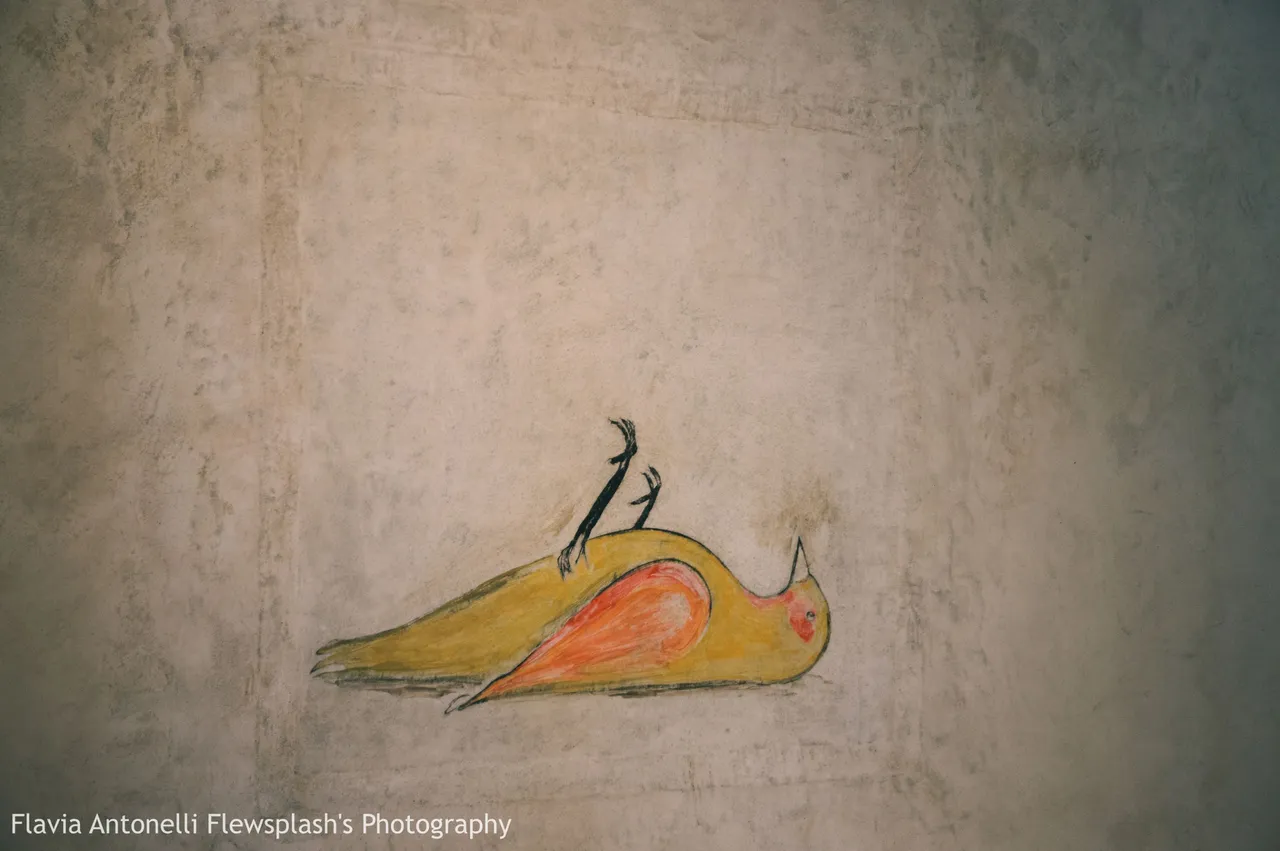
As much as we were impressed by the marvelous spaces, frescoes, and gardens of the Charterhouse, similarly we got pretty upset when we saw some cells of the monks are now used as areas for contemporary art exhibitions and installations. Honestly, I have nothing against contemporary art or contemporary artists, but I really hated the way someone from the management decided it was a good idea to juxtapose in this brutal way the "sacred" and the "profane" - apart from the fact that there was no label or description of the presumed "artwork" on the wall.
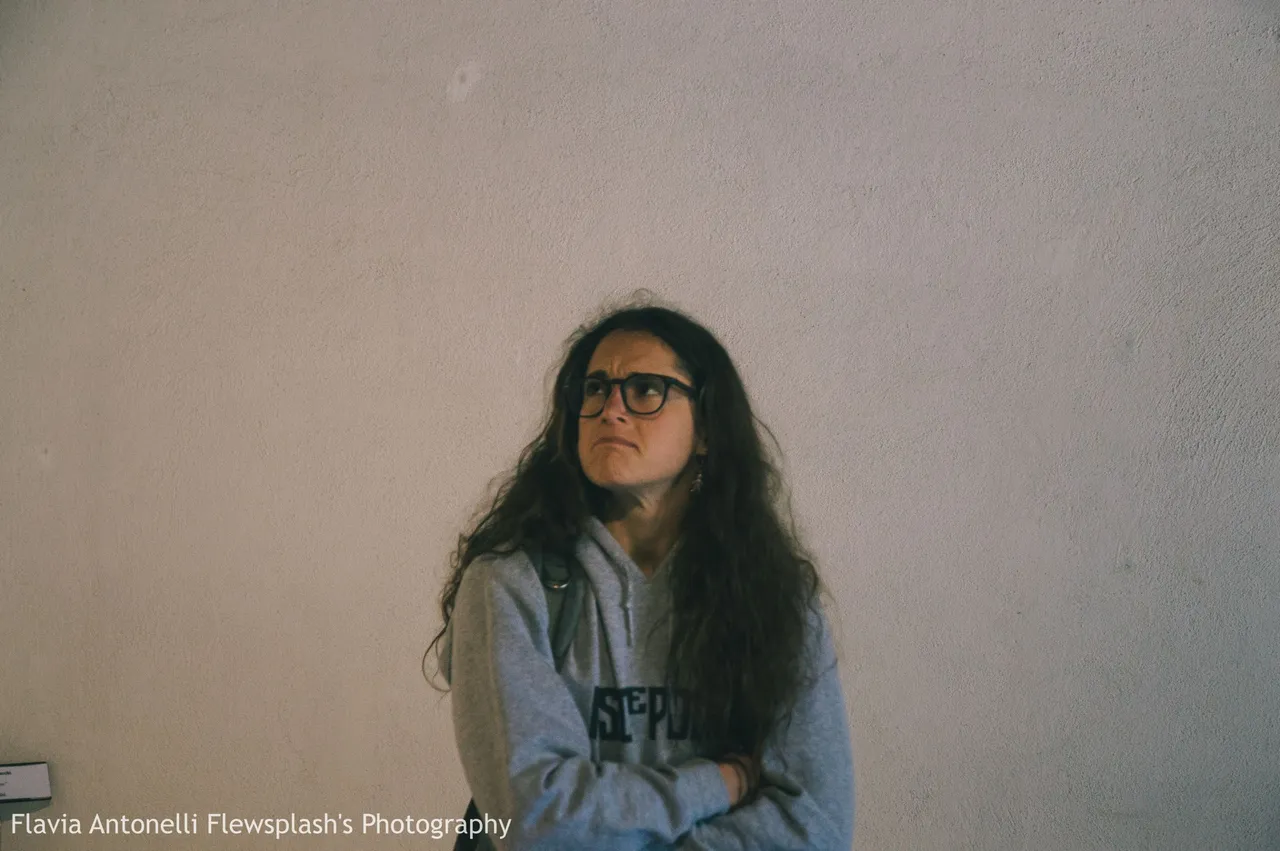
My reaction is self-explanatory, instead.
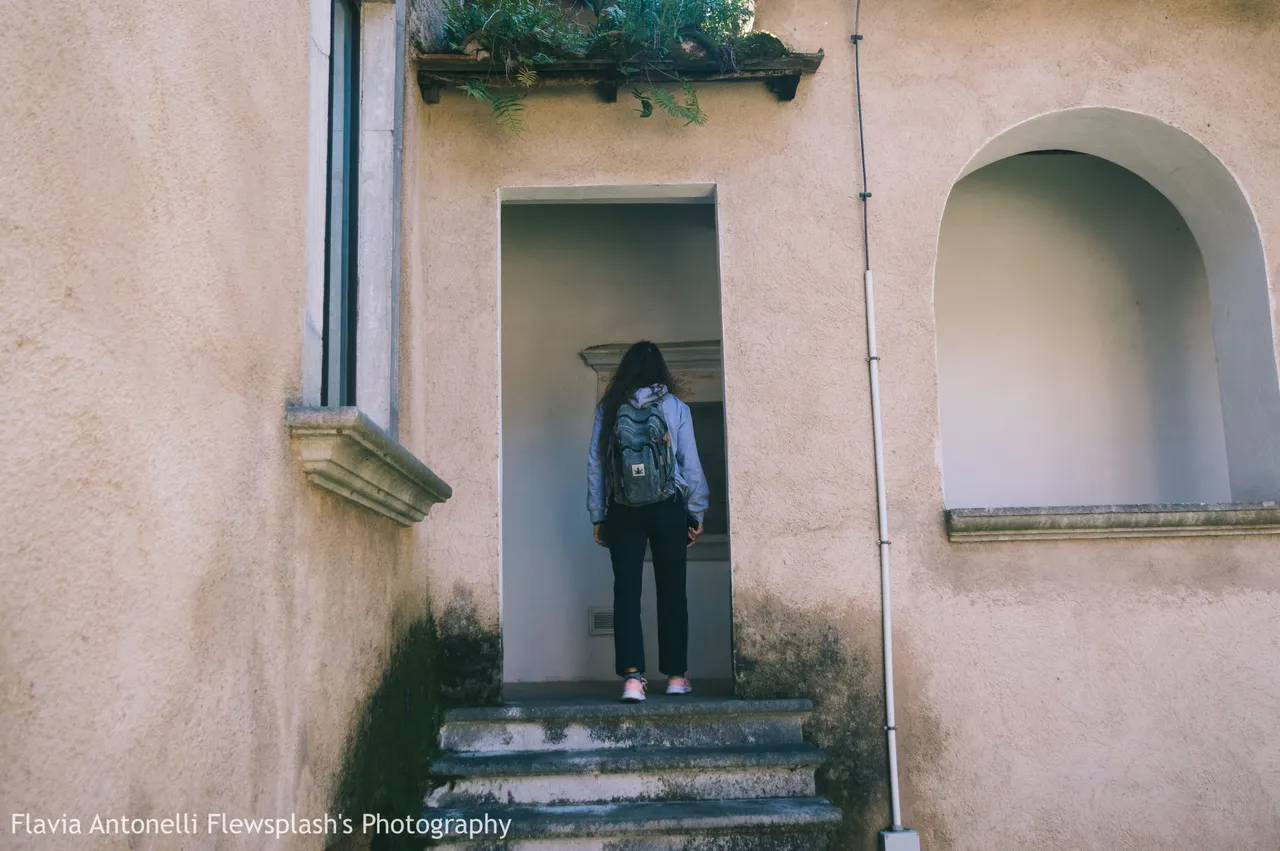
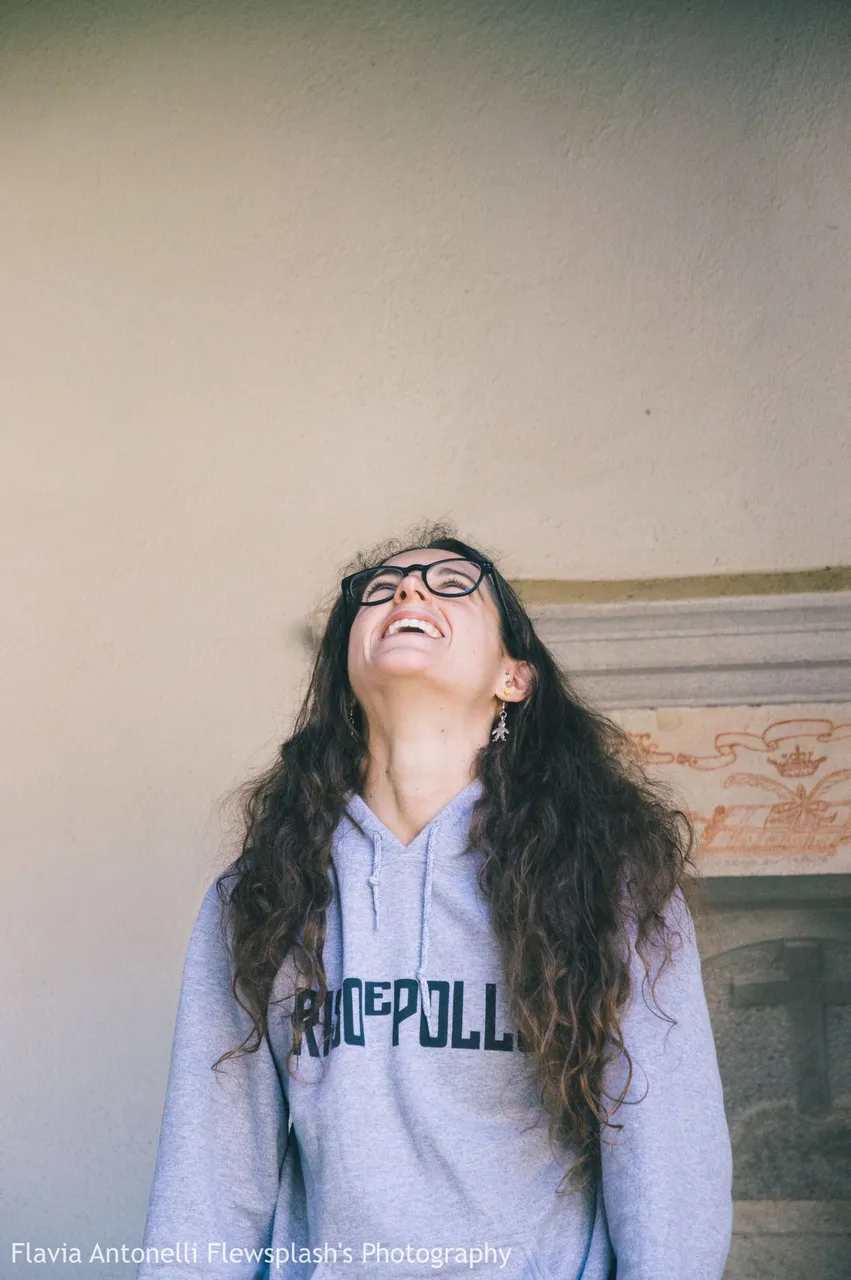

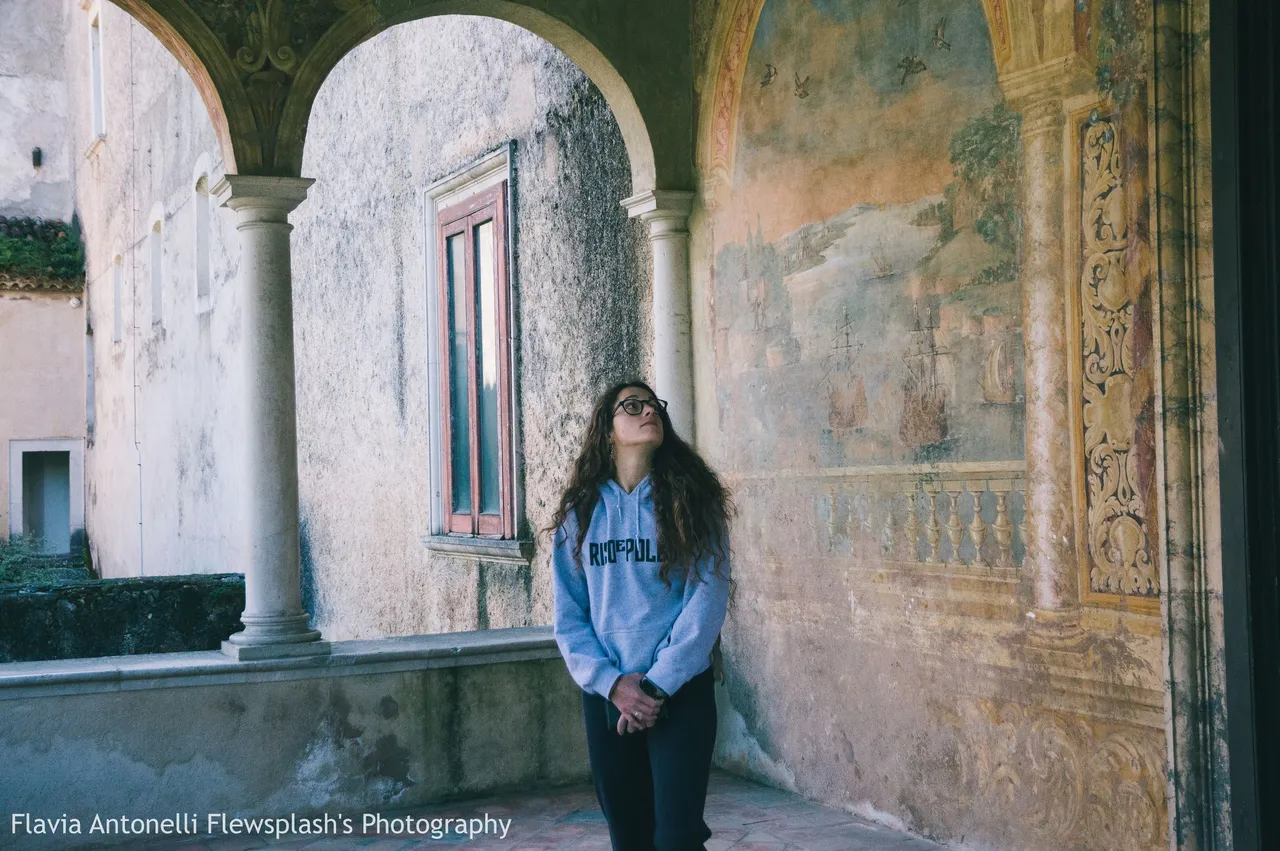
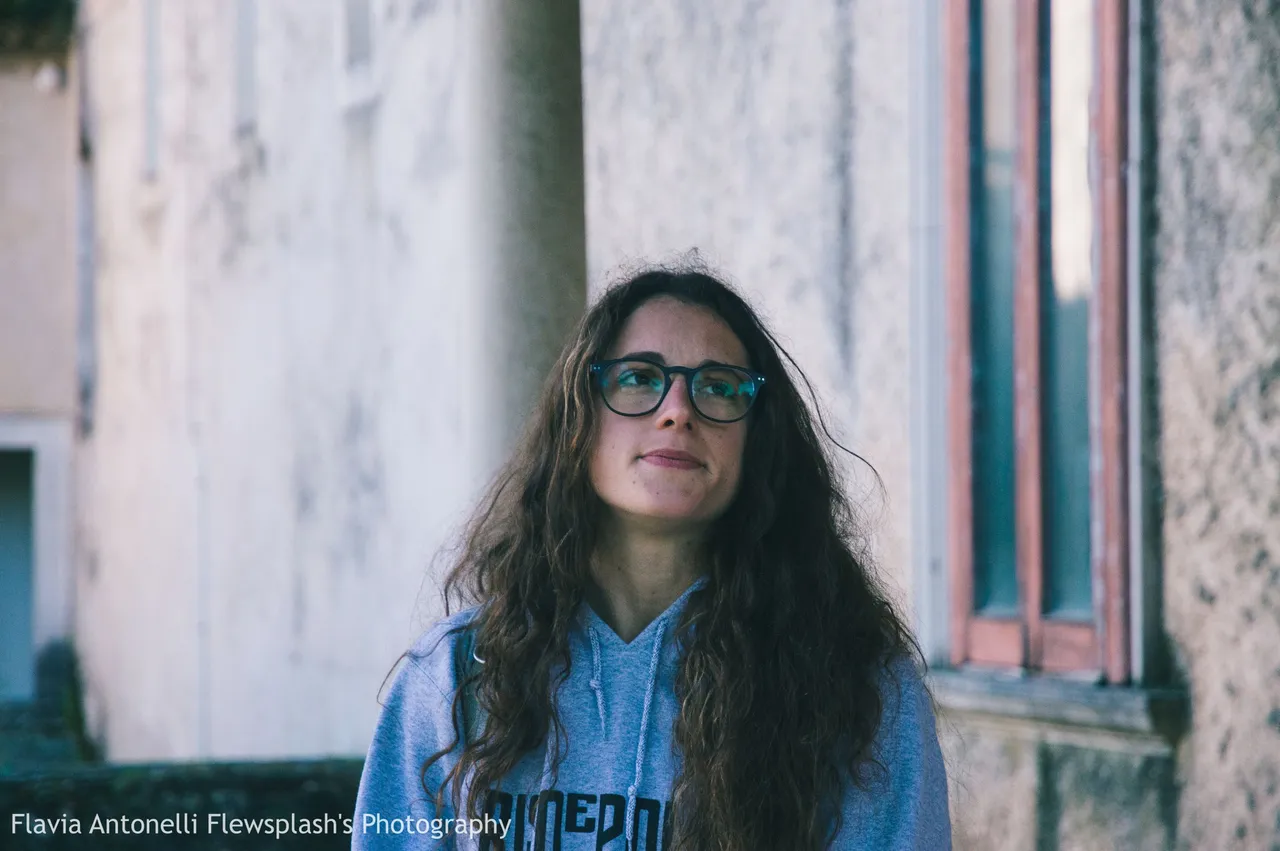
After some moments of glory Riccardo gave me thanks to some amazing portraits (AHAHAH SOME ARE DEFINITELY FUNNY AND RIDICOLOUS), we headed out from the Certosa to drive to the next destination...
here is the precise location of the Certosa di Padula, in case you happened to be around Cilento: [//]:# (!pinmapple 40.33569 lat 15.65281 long d3scr)
Baptistery of Saint John in Spring
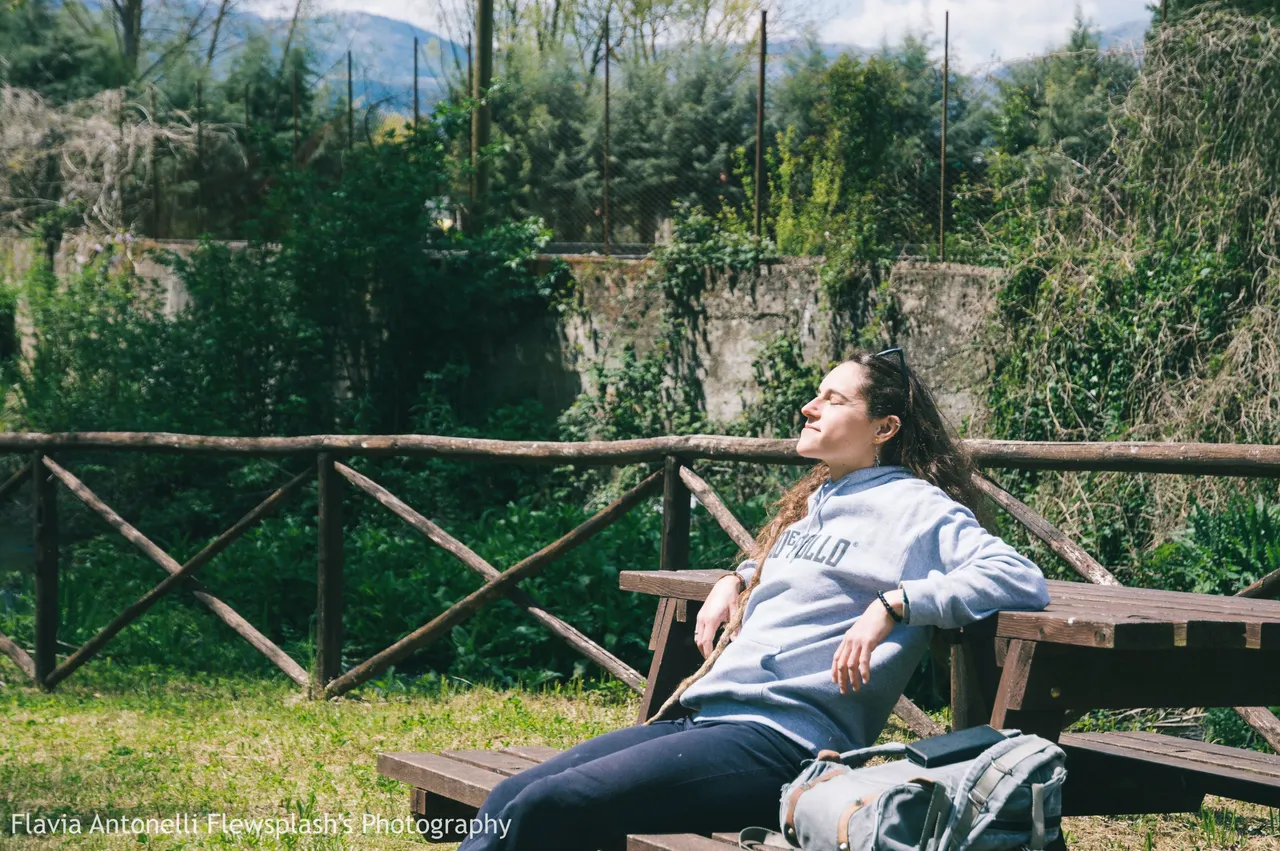
Riccardo drove us to the one destination I really wanted to go to; we had a little bit of discussion about this, when we were designing the itinerary of our trip. He really wanted to visit the Charterhouse, and then leave the town; ...instead, I really would have skipped the Charterhouse to visit the Baptistery. Who won? Both! And thank Goodness!
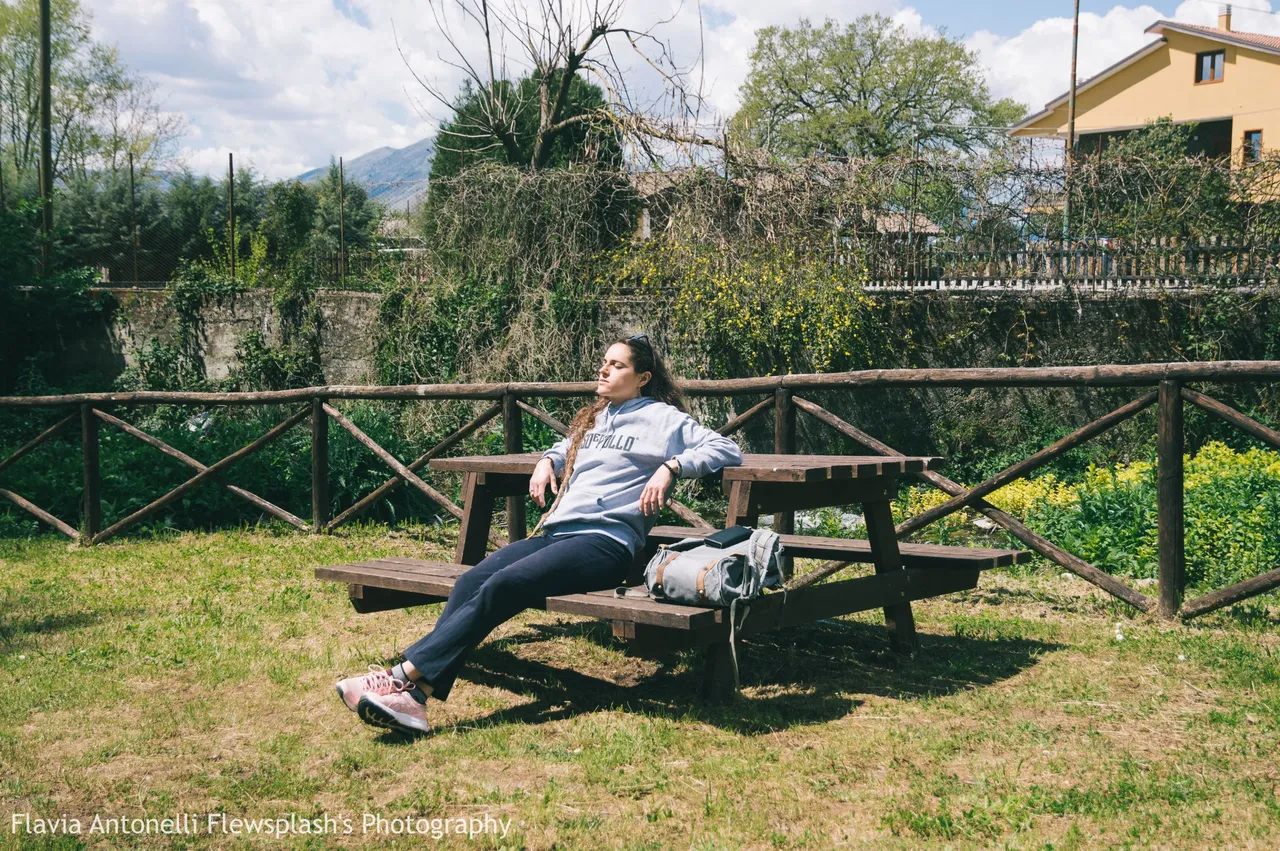
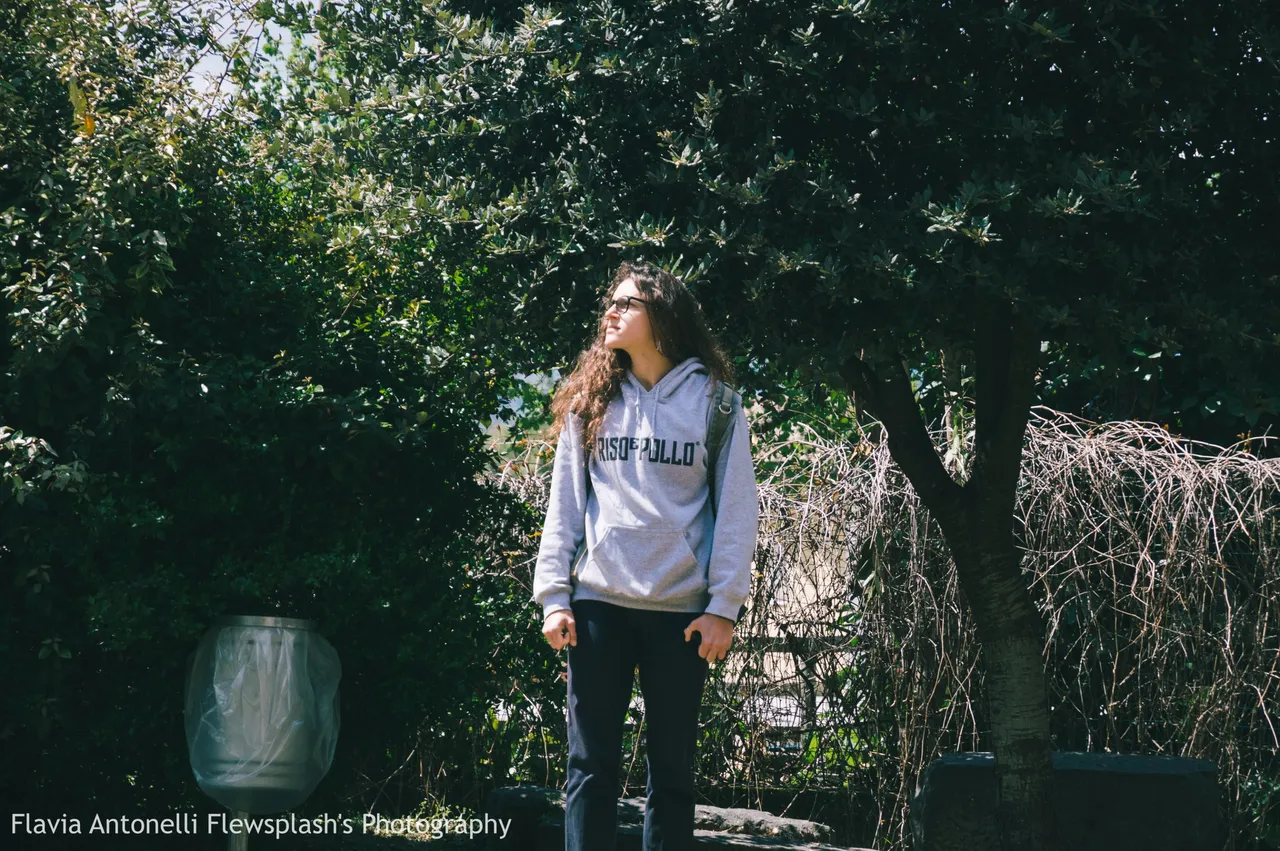
Indeed, if we skipped one of the two, we would have missed two fantastic sites, which are both part of the rich heritage of Cilento, and Italy in general. Afterwards, Riccardo admitted I was totally right about the Baptistery... Honestly I don't know how much it costed to him to admit I was right, but I always am ahaha and he's kinda learning this little by little ahah


I guess you can tell from the pictures Riccardo took of me that I totally fell in love with this place. By the way, here is the location: [//]:# (!pinmapple 40.35369 lat 15.63531 long Baptistery of Saint John in Spring d3scr)
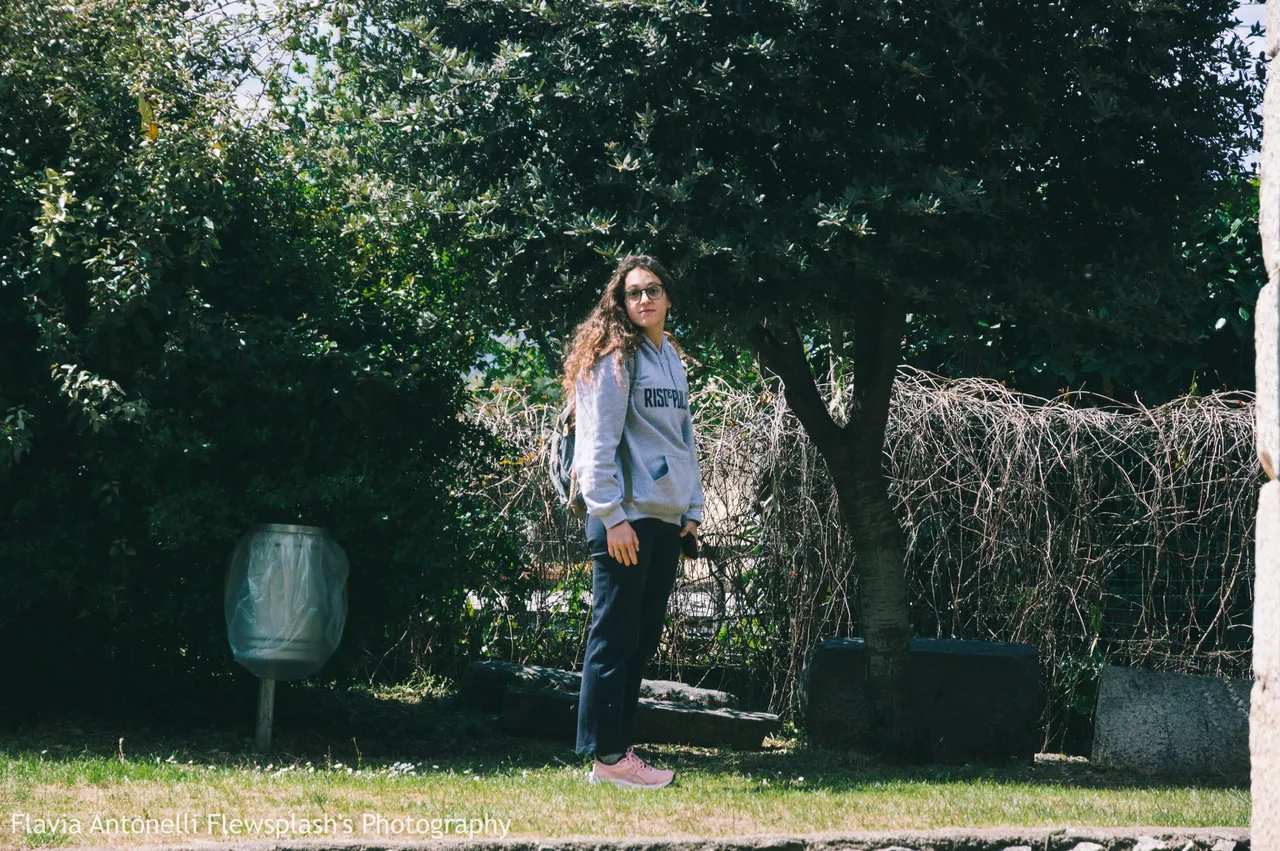

The peculiarity of this baptistery is that the spring literally took over the ruins; actually, the small river streams around the walls, the interiors, hugging the baptistery providing the entire site with a fairy atmosphere, where trees, colorful flowers, the water plants and animals, and all the water reflections simply look magical.

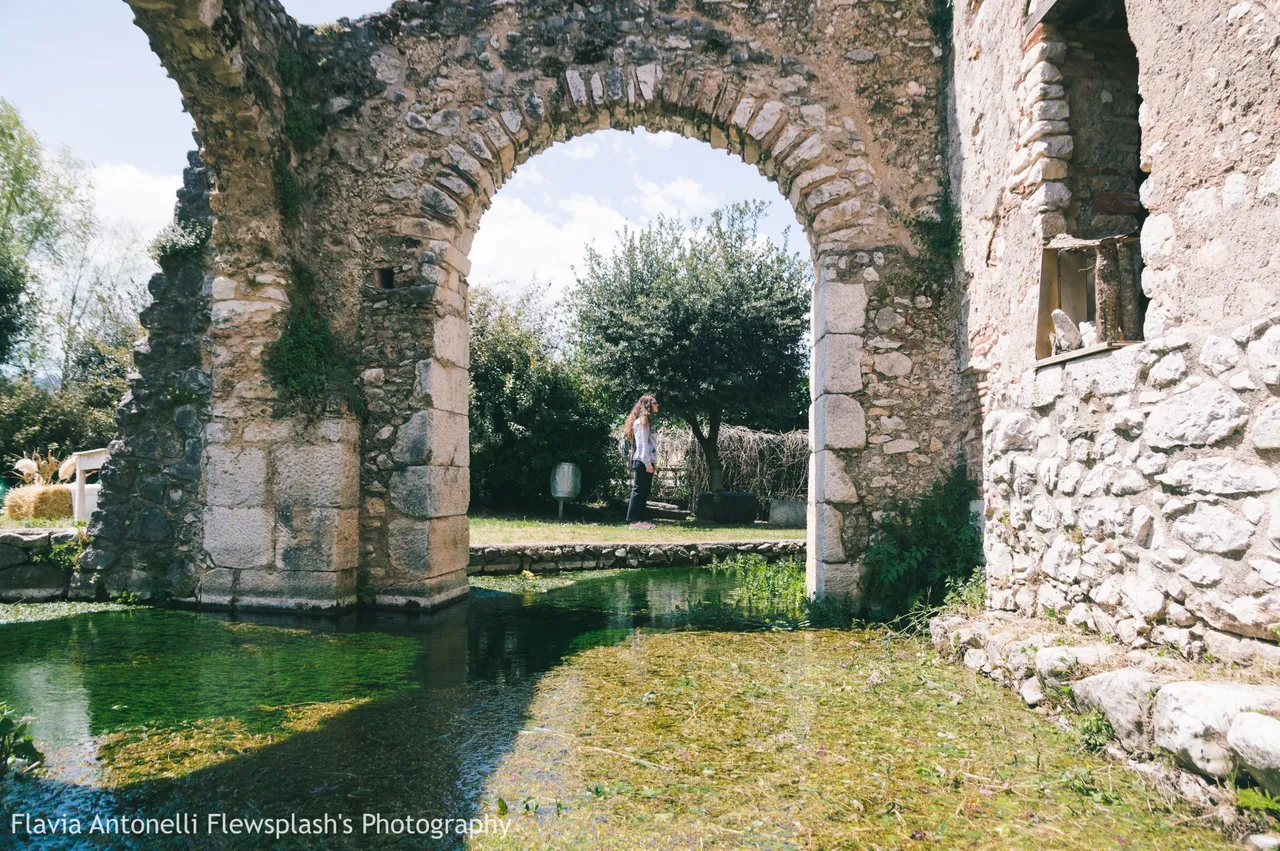
If you are lucky enough to visit this place on a sunny day of Spring, as we did, you cannot but be hit by the lovely vibes of the Baptistery, a real gem of Cilento.
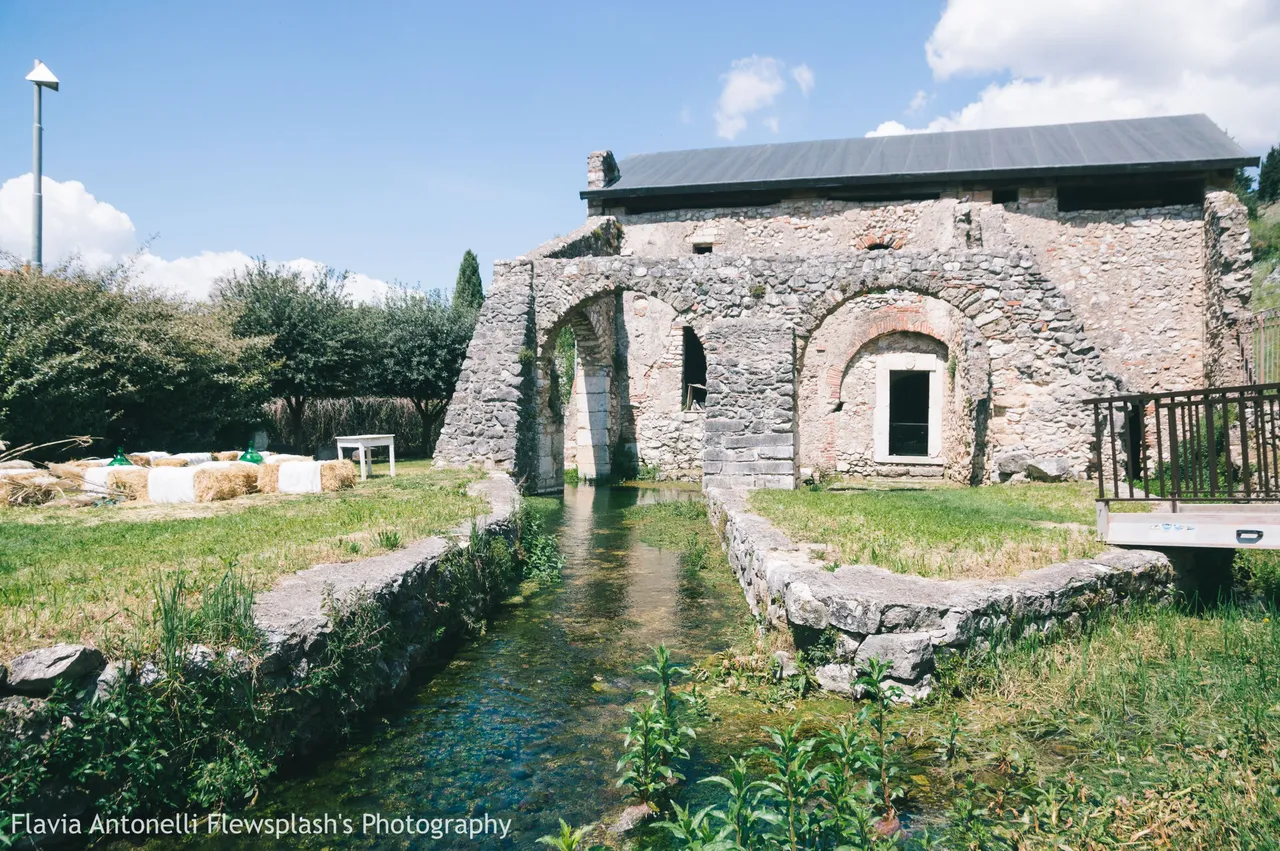
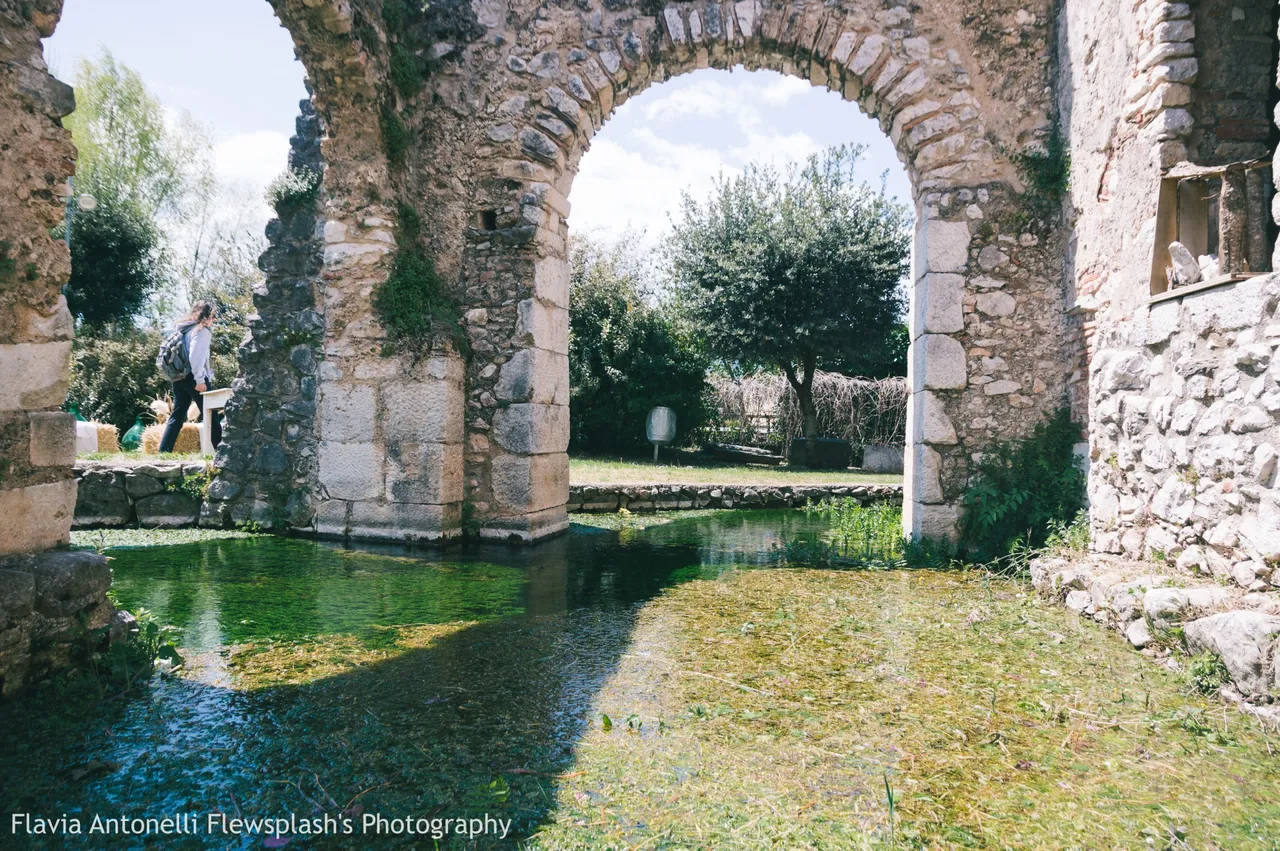
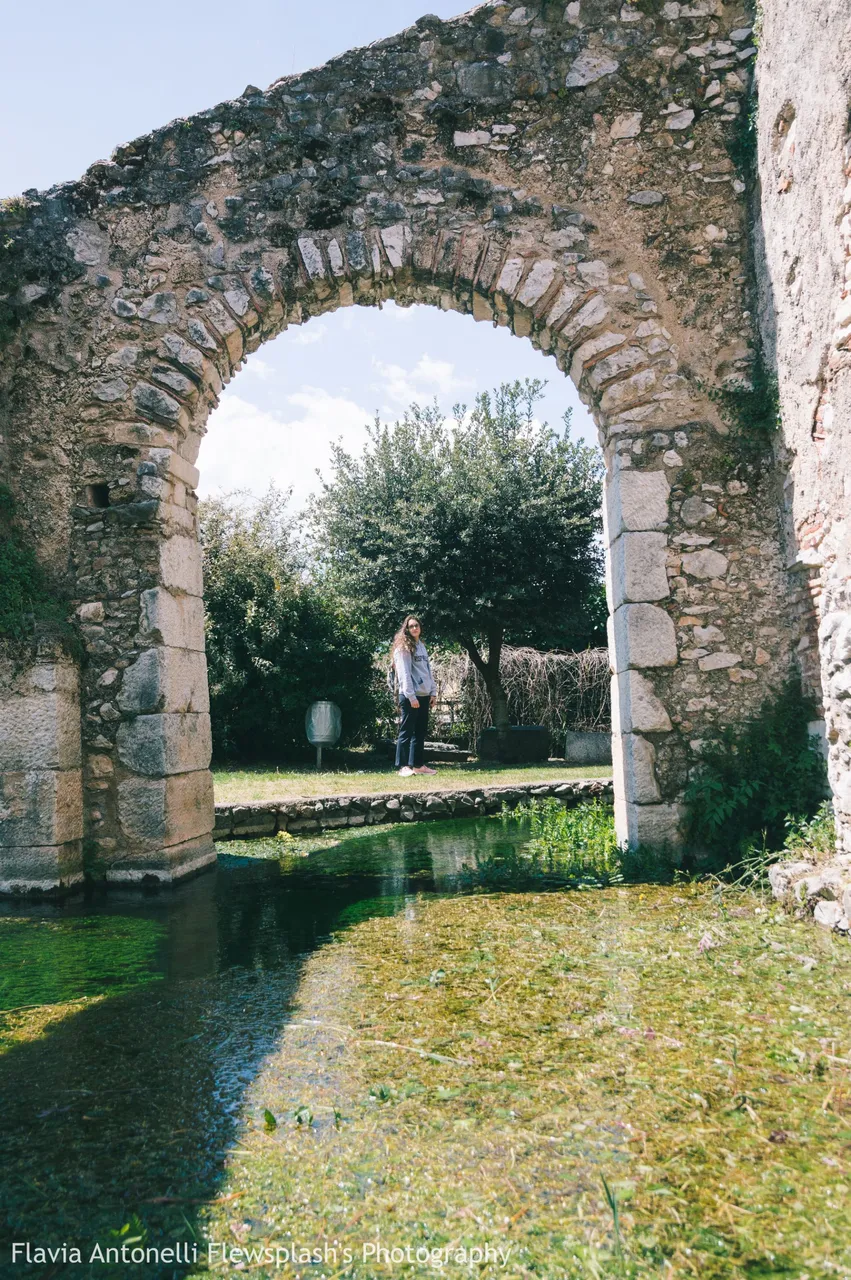
Well, I was pretty satisfied with giving my contribution to the itinerary of our trip with the decision of coming to see this place. We were literally amazed and, even though the site is pretty small, we spent much time there, trying to enjoy every detail of the ruins, every little spot where nature and history are so well combined together, in a perfect result of unexpected beauty and sense of peace.
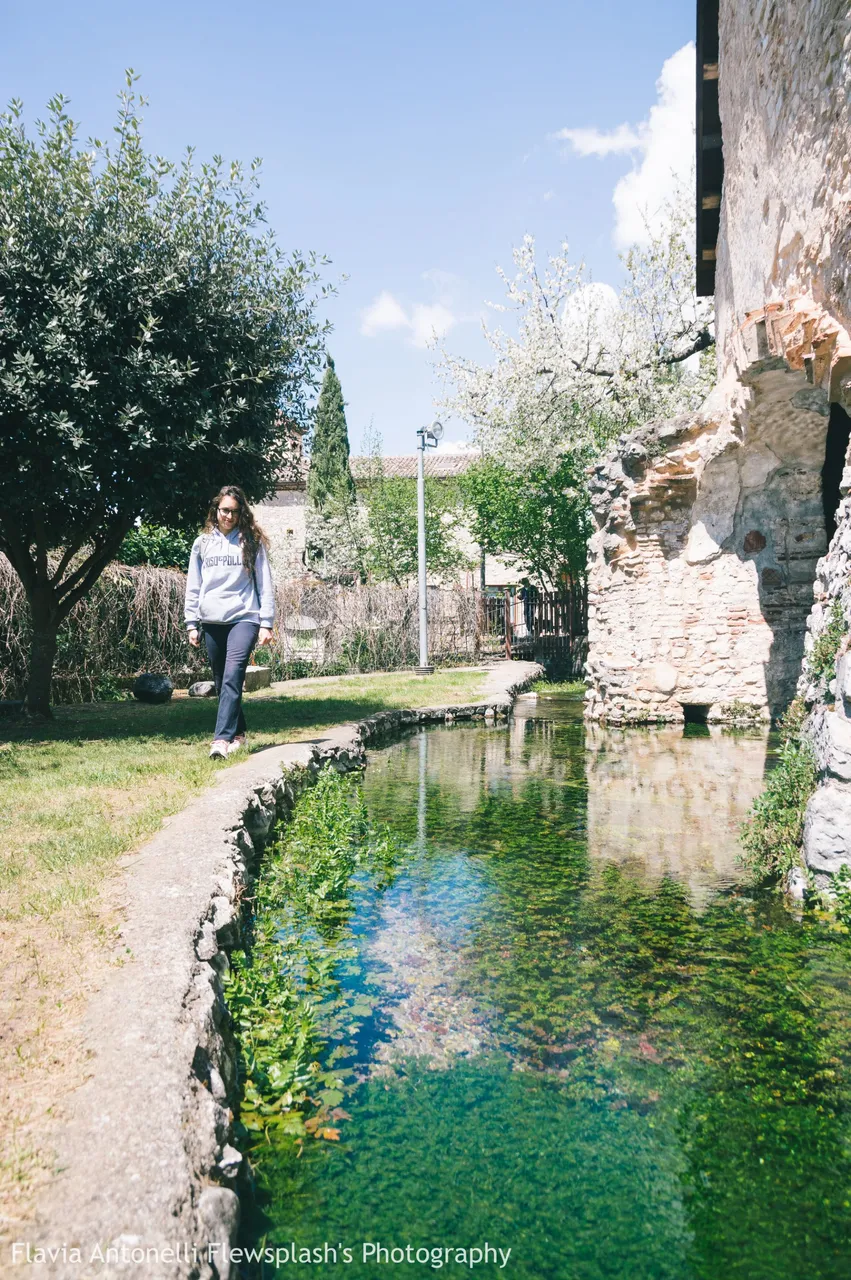
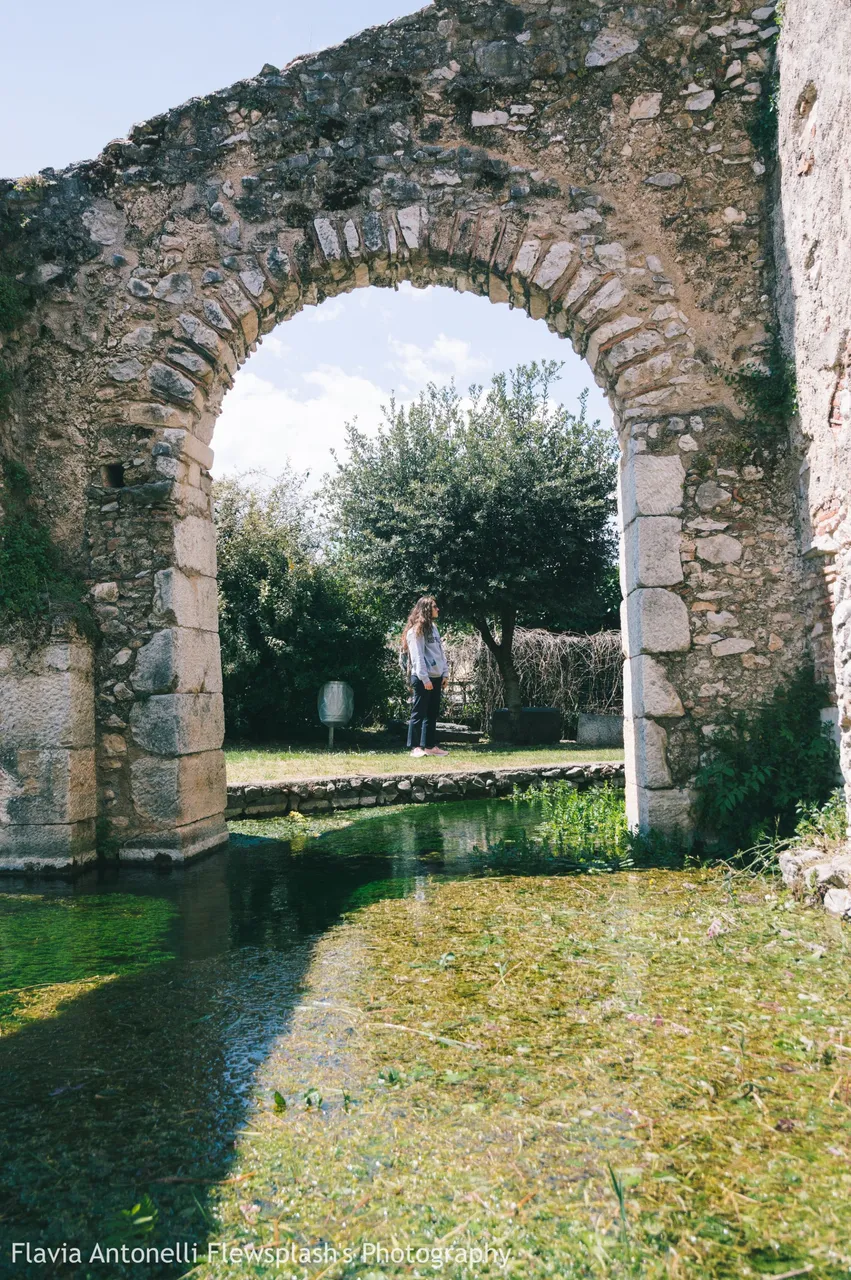
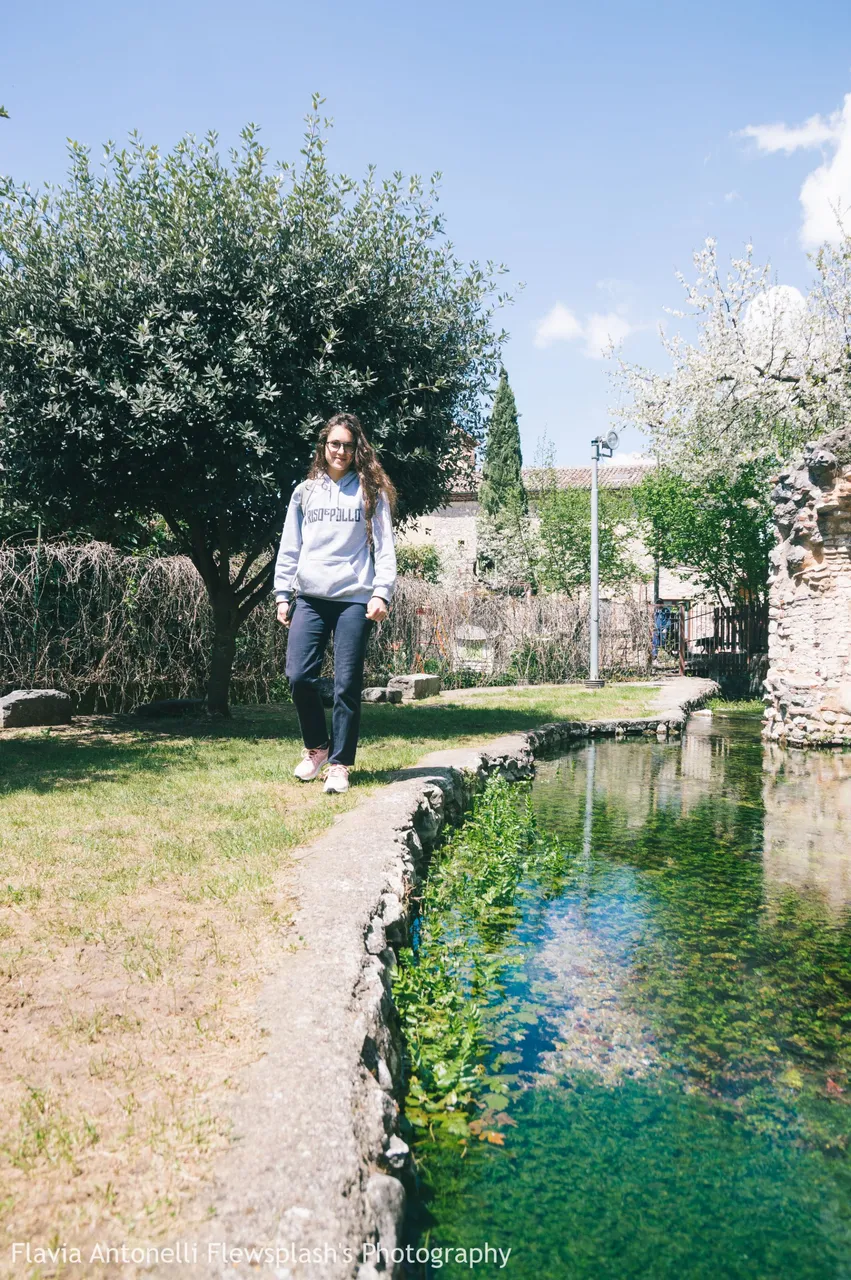
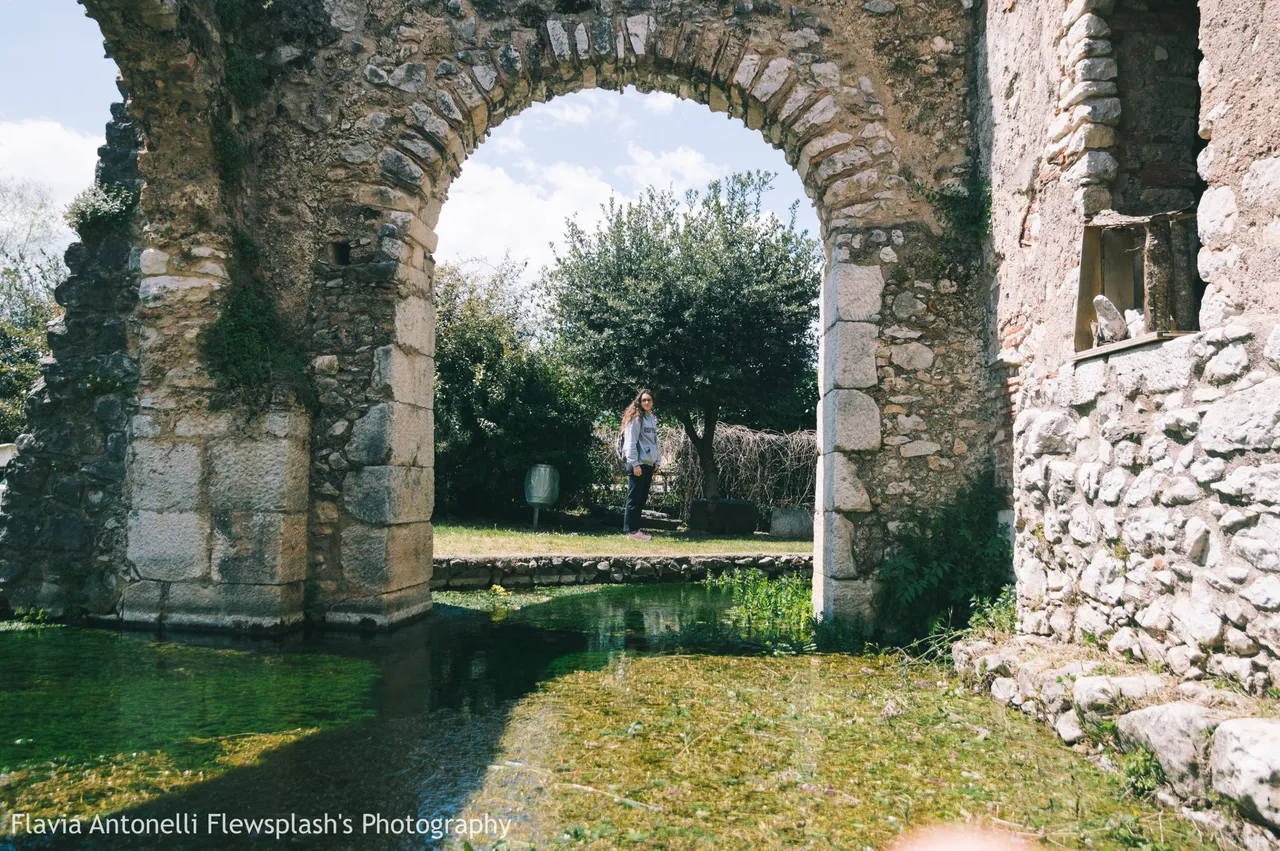
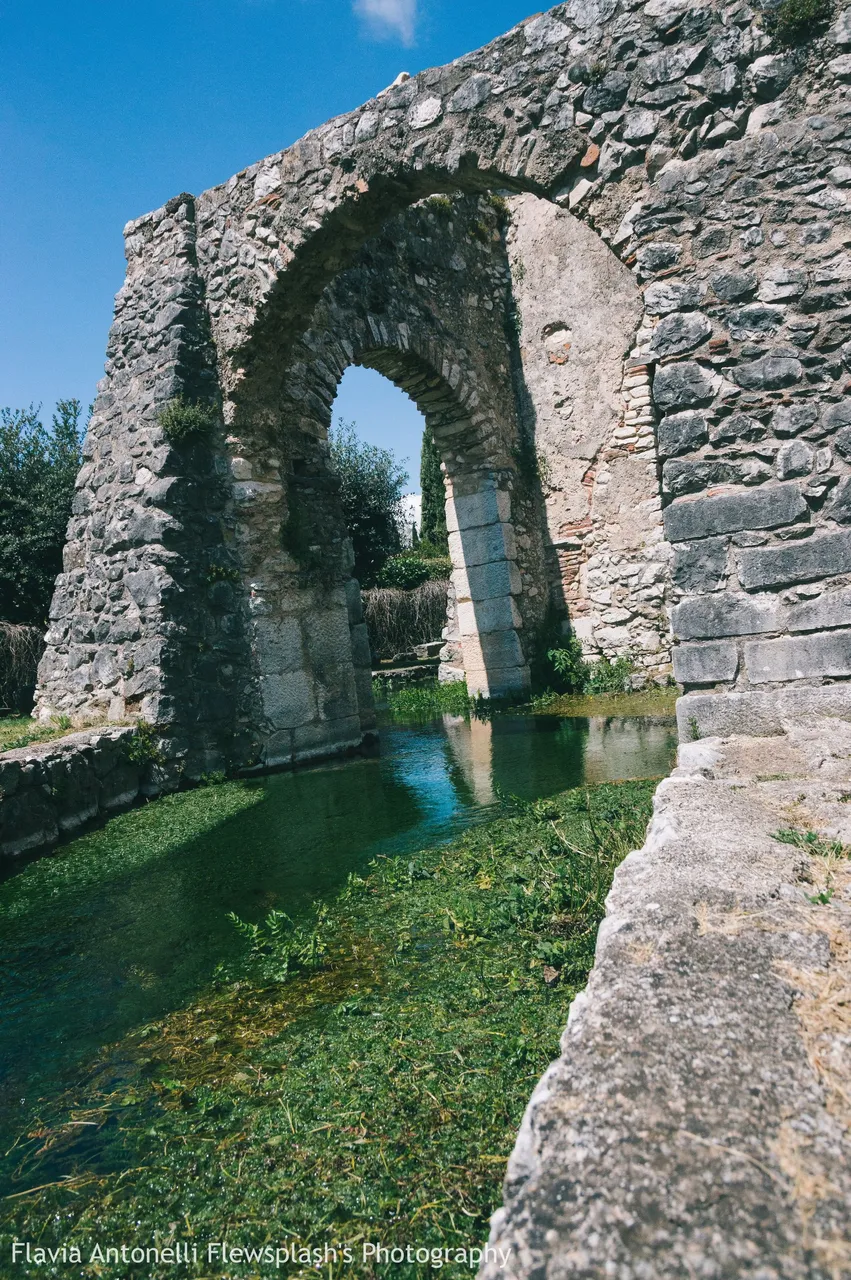
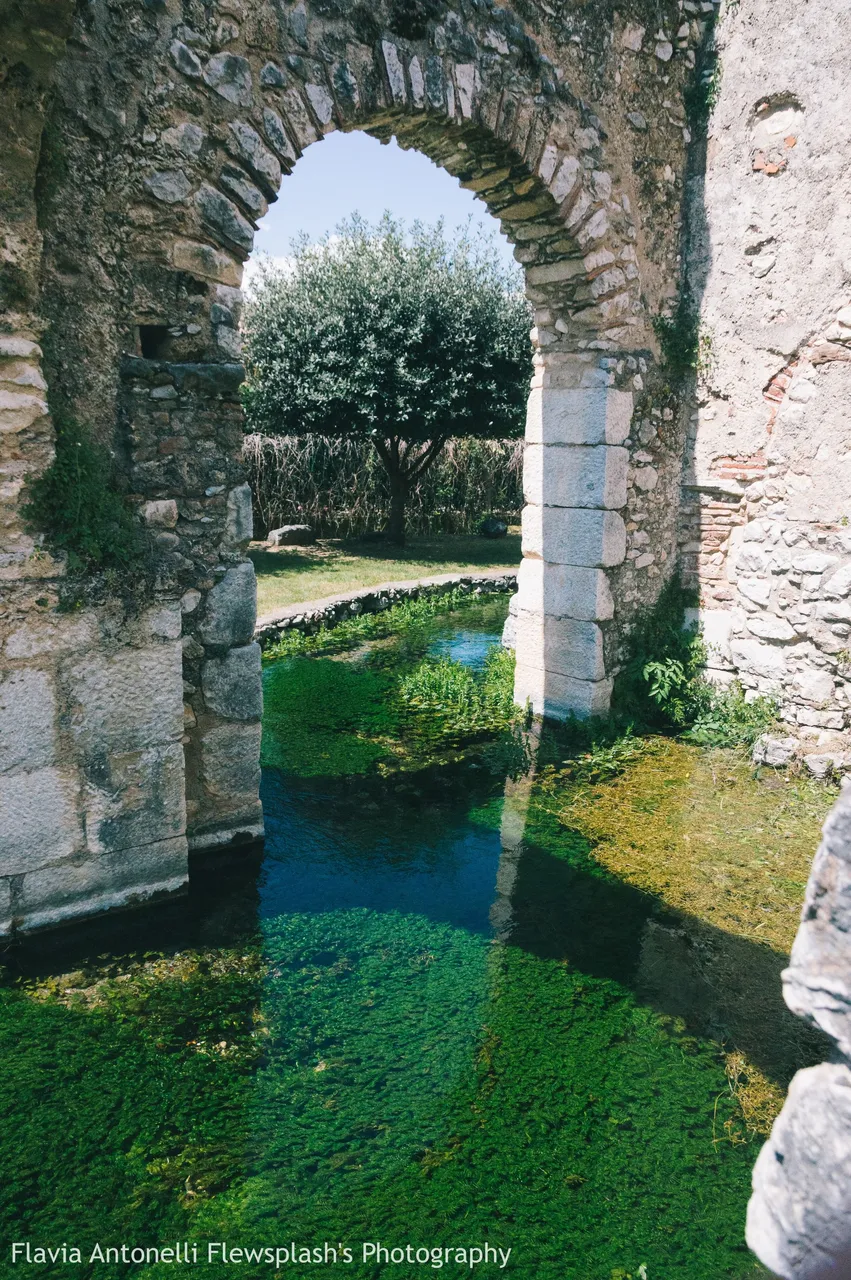
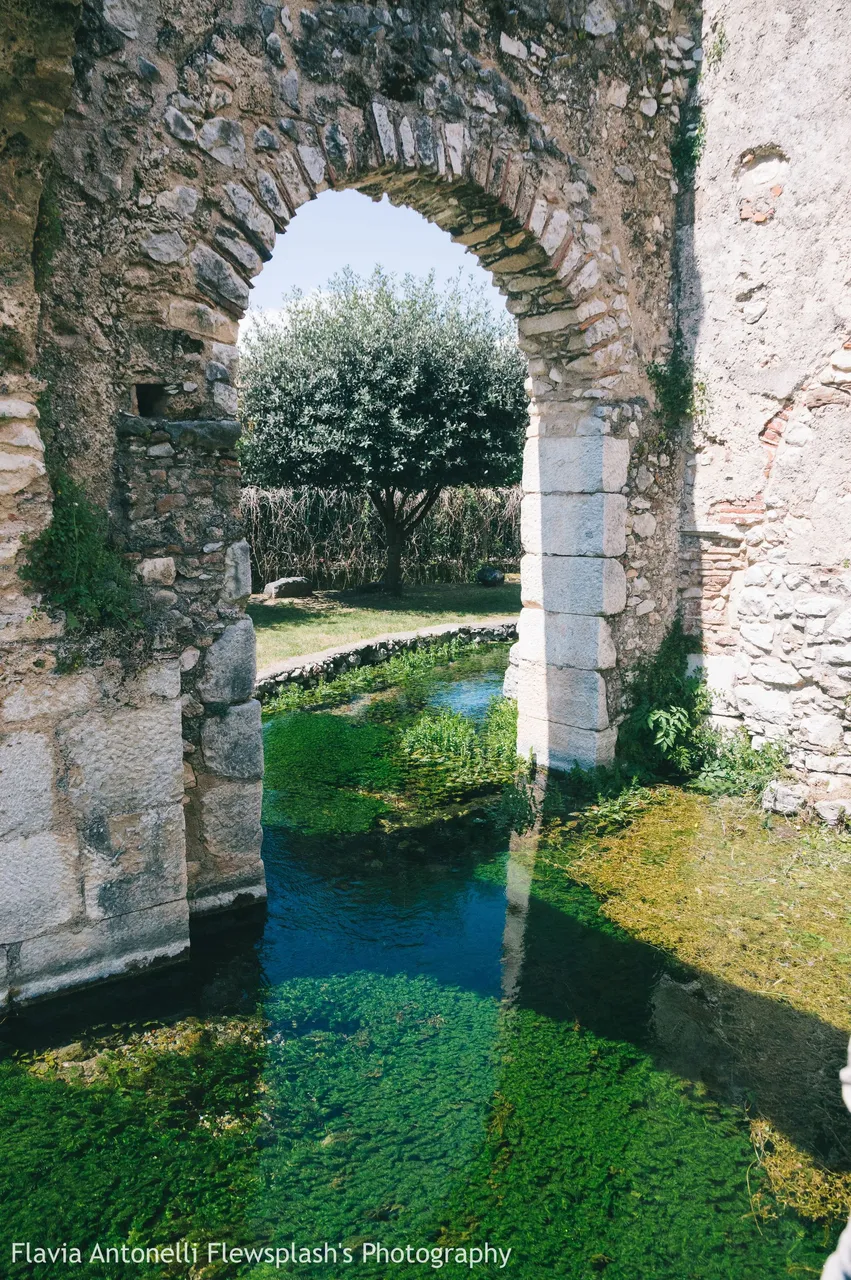
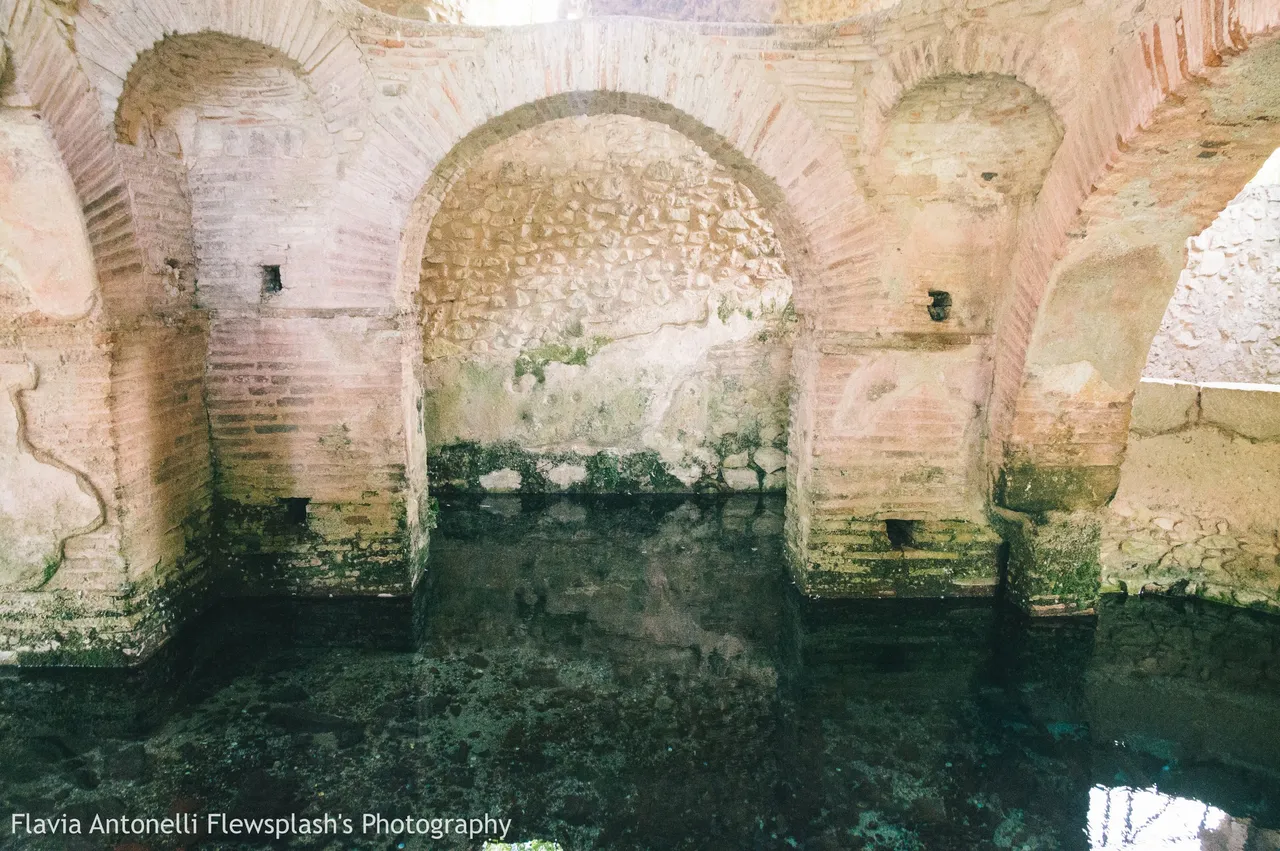
Before closing up this second post of our stay in Cilento, I leave you with the last shots Riccardo took and a little bit of history of the Baptistery - chat openai helped out with this - "The Baptistery of Saint John in Spring is a Romanesque-style baptistery located in the town of Padula, near the Certosa di Padula. It was built in the 12th century and is considered one of the best examples of this architectural style in southern Italy. The baptistery has a circular plan and is decorated with beautiful frescoes depicting scenes from the life of Saint John the Baptist."
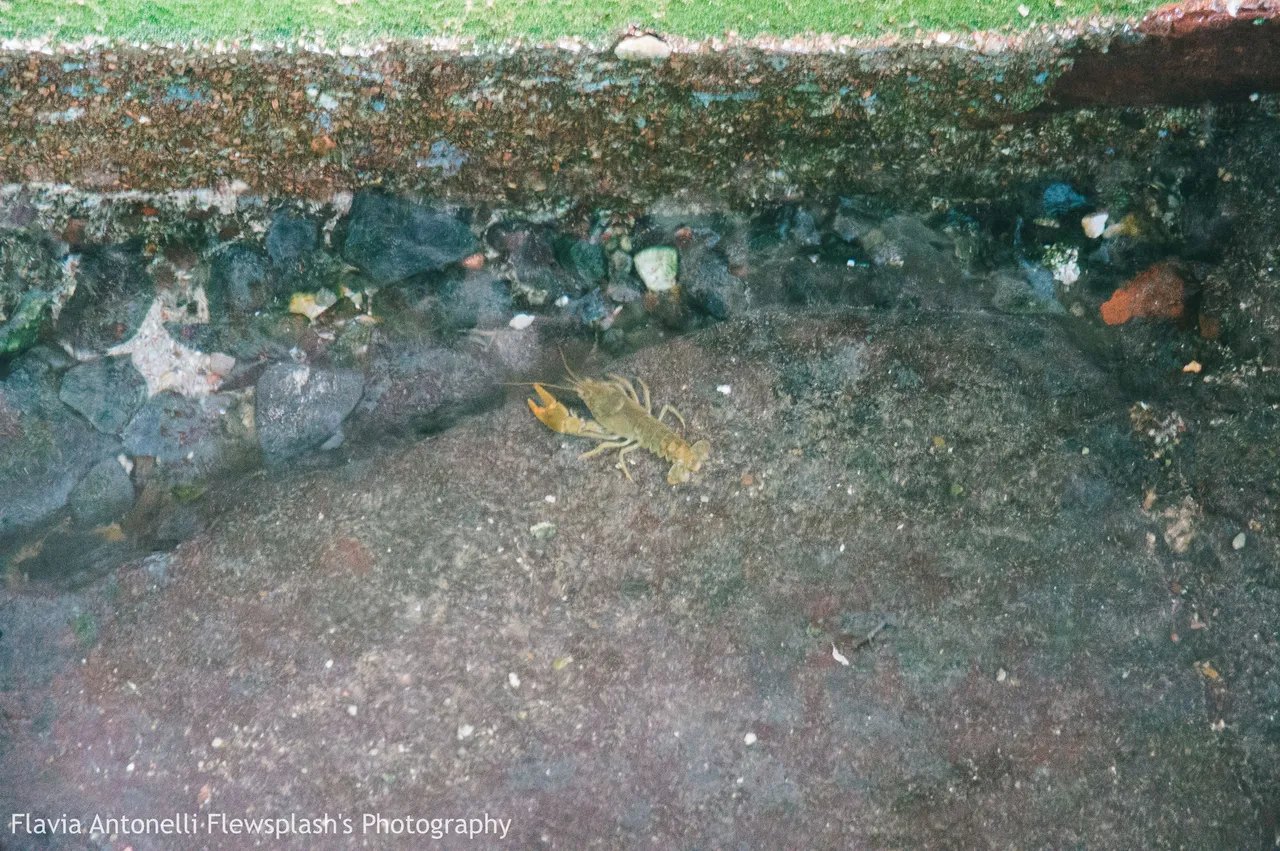
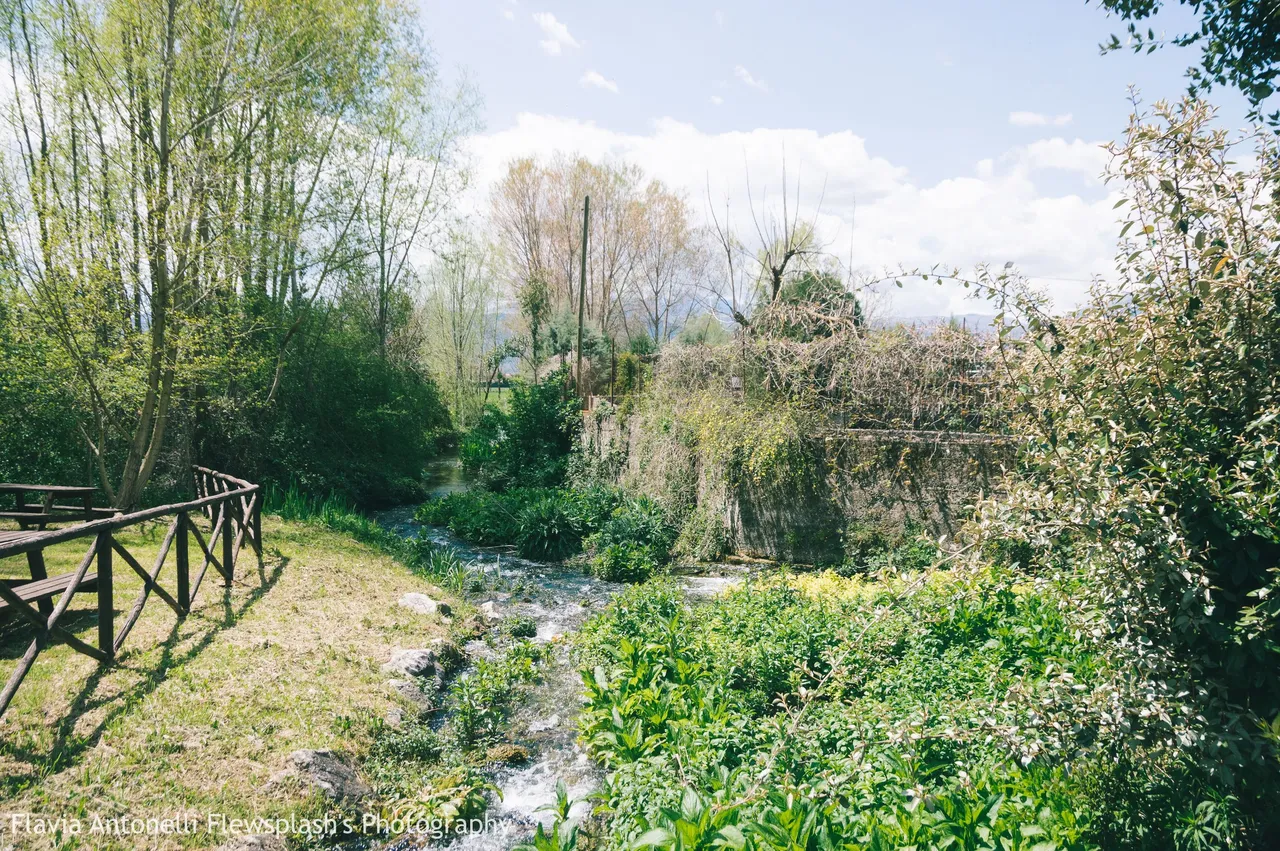
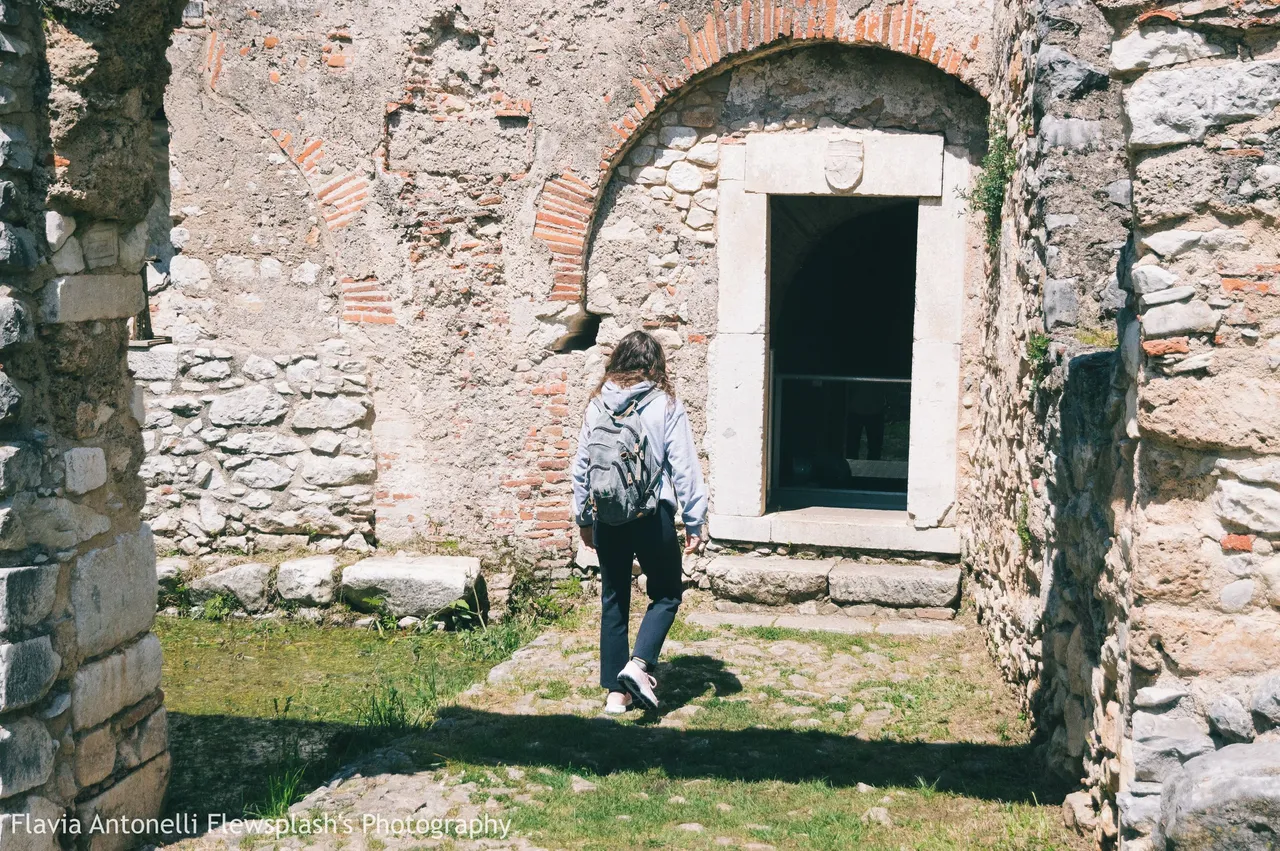
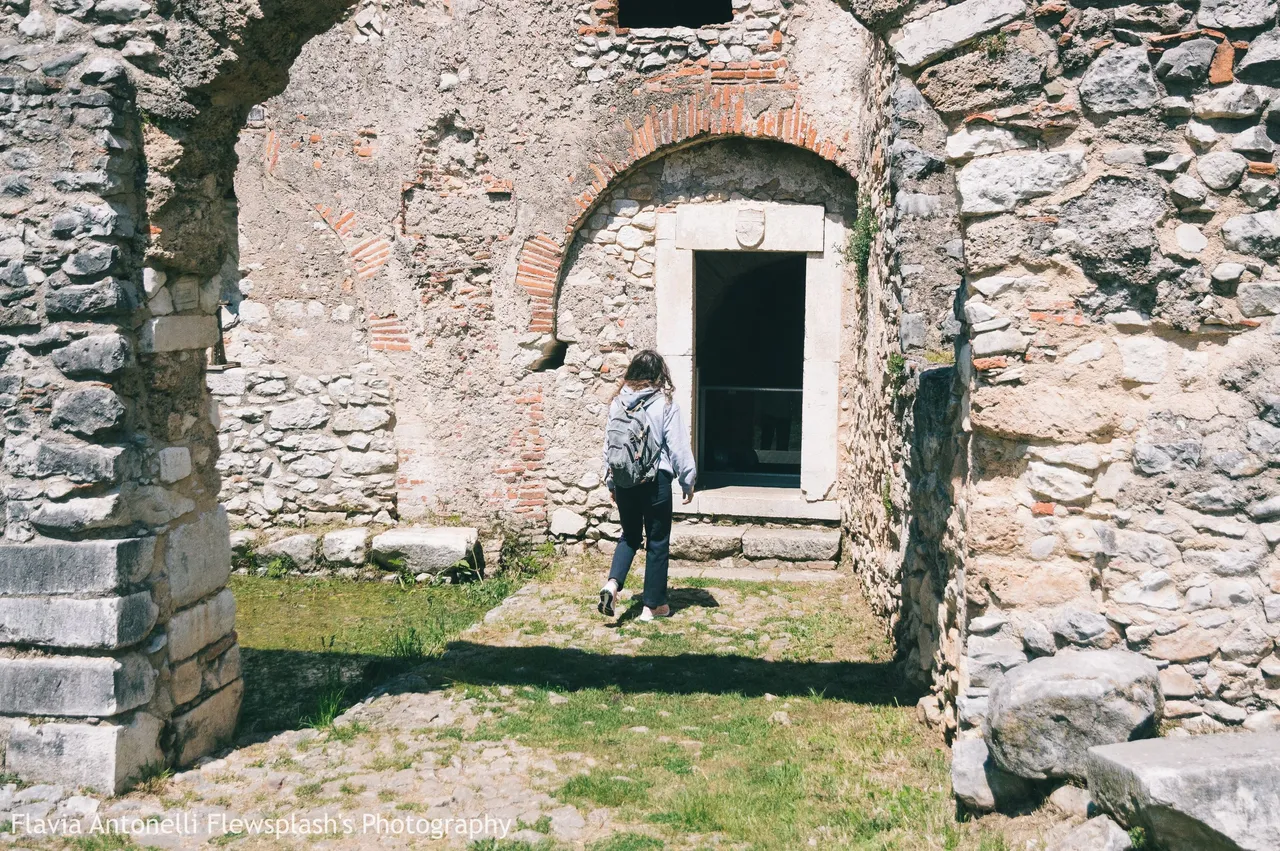
Hoping you enjoyed this gallery, I see you next time with a new post about my journey in Cilento! Thank you very much for reading this far, I really appreciate.
Equipment:
- Nikon D3200
- Nikkon Lens 16-85mm
- Post-production: Lightroom, soft enhancement of colors and contrast.
Yours | Flewsplash
ITA
Arte medievale e sorpasso della natura
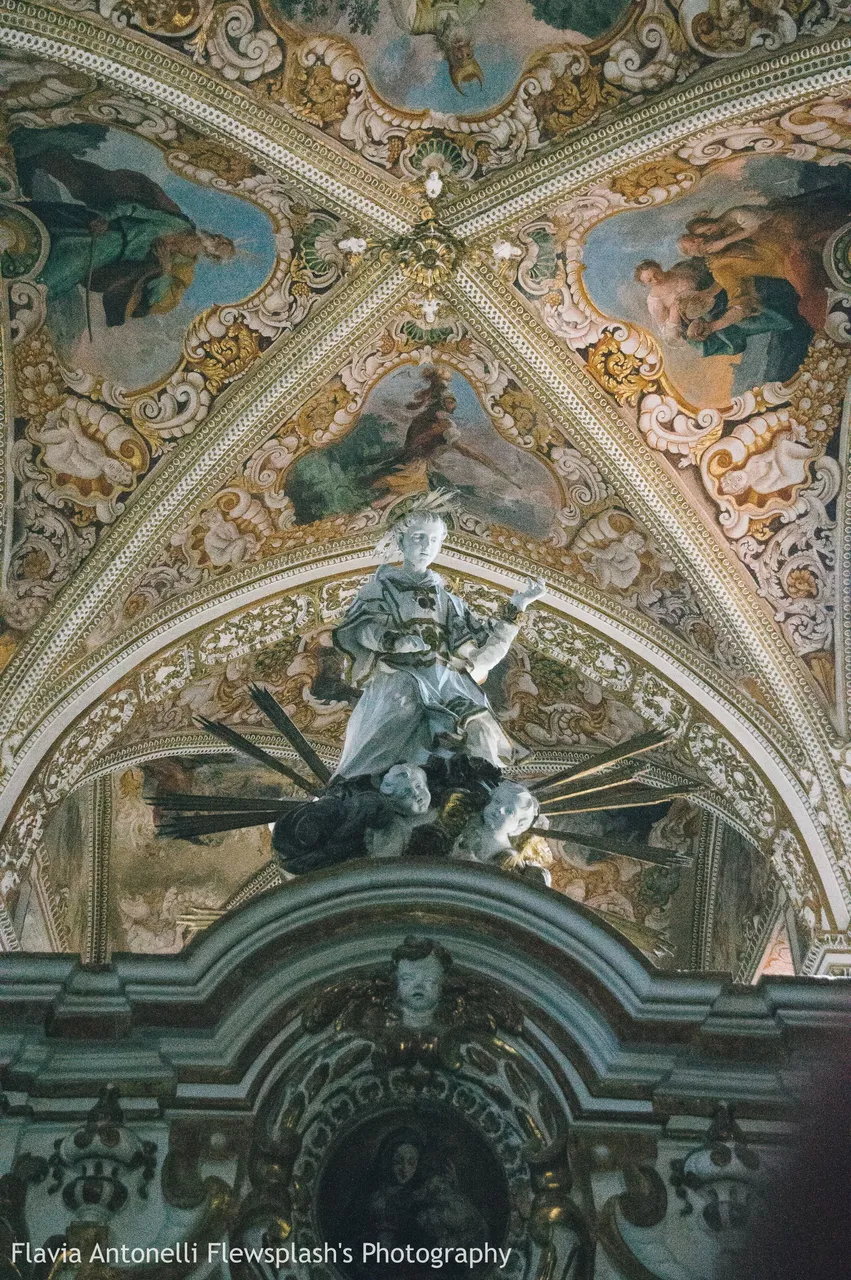
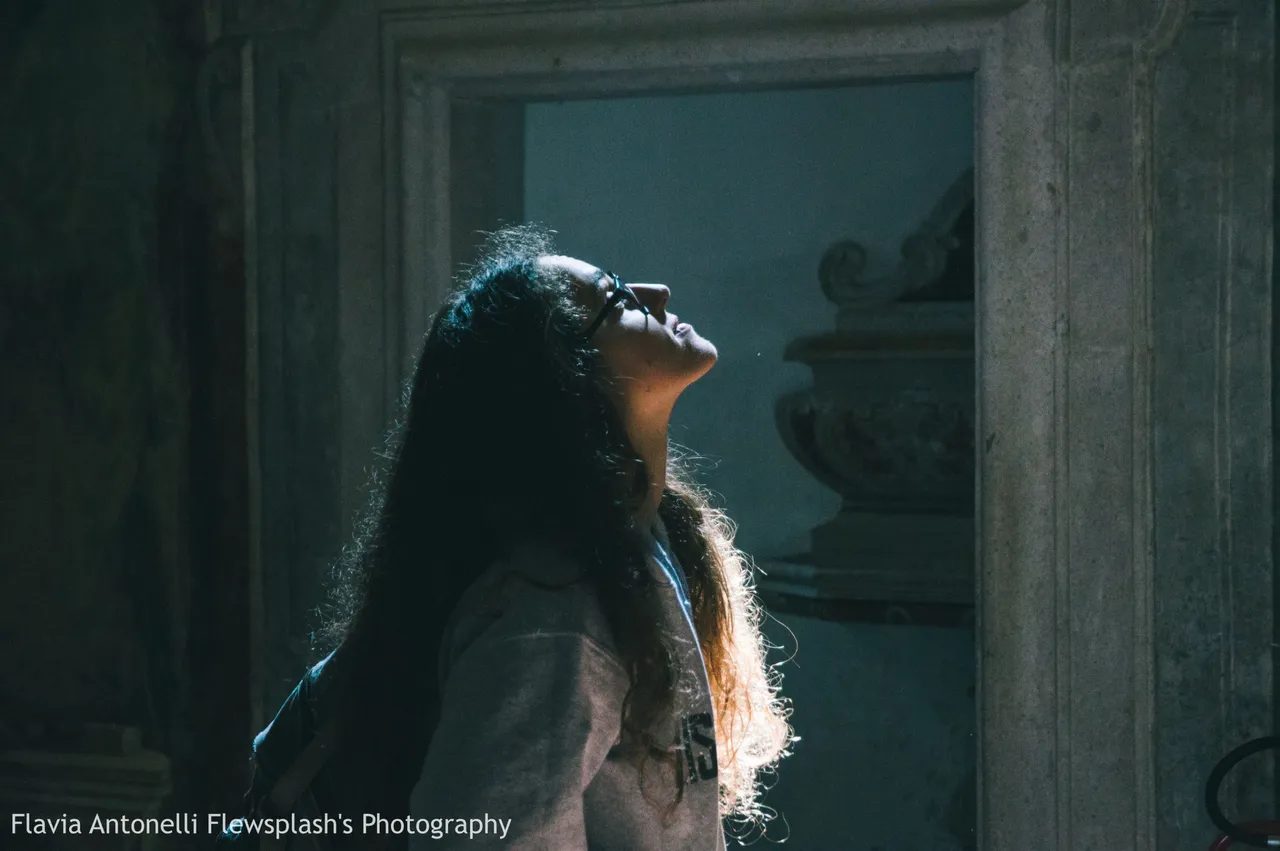
Oggi vorrei condividere con voi altre foto e ricordi del nostro secondo giorno in Cilento, il mio ultimo viaggio di cui ho iniziato a parlarvi ieri, con un post su Paestum (< a href="https://ecency.com/hive-194913/@flewsplash/paestum-in-spring-or-21">eccolo, nel caso ve lo foste perso!)
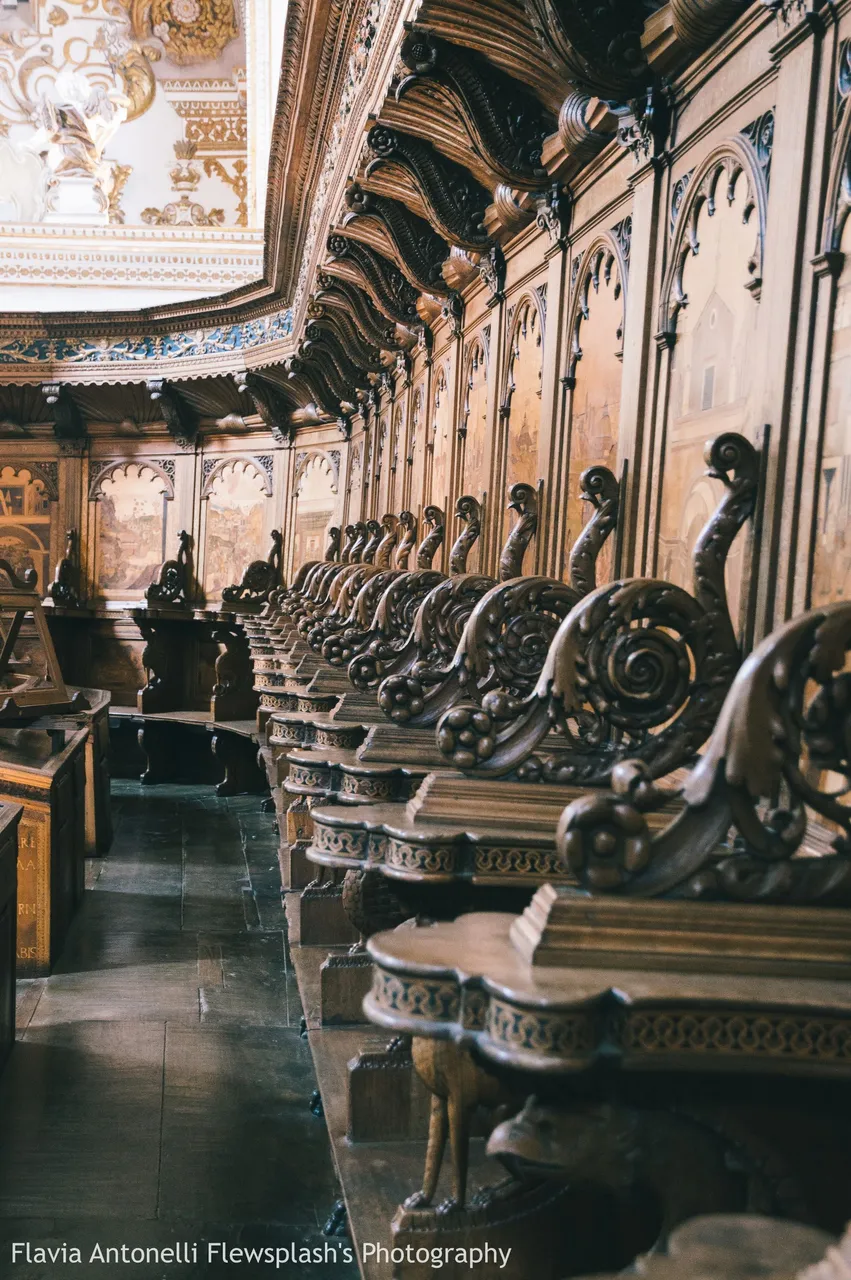
Il secondo giorno del nostro viaggio abbiamo deciso di fare i turisti culturali, almeno la mattina. Così, abbiamo seguito il suggerimento che ci ha dato il mio commercialista, che ci ospitava nel suo meraviglioso agriturismo. Ci siamo recati a Padula per visitare la famosa Certosa, da
voce di Wikipedia "un grande monastero certosino, o certosa, situato nel paese di Padula, nel Parco Nazionale del Cilento, nel Sud Italia, è Patrimonio dell'Umanità.
Il monastero è il più grande d'Italia. La sua storia costruttiva copre 450 anni, ma le parti principali degli edifici sono in stile barocco. È un monastero molto grande, che comprende 51.500 m2 (12,7 acri), con 320 stanze e sale."
La gente del posto è molto orgogliosa di questo sito, come potete immaginare, e in realtà ci hanno detto che questa certosa è la seconda o la terza più grande d'Europa e ha il chiostro più grande del mondo.


Certo, mai essere troppo seri! Riccardo mi ha sempre fotografato nei momenti più ridicoli, ma questo è anche il suo modo per farmi ridere, e io devo ammetterlo, è adorabile.

Parlando della certosa, devi sapere che è meravigliosamente enorme e ci vuole un po' per visitarla interamente; abbiamo impiegato almeno 2 ore, e alcune parti non erano accessibili a causa di lavori di restauro in corso. Immaginate che la sua storia abbia inizio nel XII secolo, quando Tommaso di San Severino fondò la Certosa di Padula sullo stesso sito di un monastero preesistente molto più antico.



La Certosa di Padula è davvero impressionante per la sua vastità, se date un'occhiata alle foto del chiostro potete rendervene conto. Quello che amo di più è ovviamente la presenza di molteplici giardini e, in generale, molti spazi aperti che dividono la varietà di sezioni e sale della Certosa.




Riccardo ha preso in mano la mia macchina fotografica quindi la maggior parte delle foto della Certosa sono in realtà sue, ma le ho modificate un po' e la firma sulle foto è mia di default, dato che post-produco sempre e esporto da Lightroom con le stesse impostazioni.





Per quanto siamo rimasti colpiti dai meravigliosi spazi, affreschi e giardini della Certosa, allo stesso modo siamo rimasti piuttosto sconvolti quando abbiamo visto che alcune celle dei monaci sono ora adibite a spazi per mostre e installazioni di arte contemporanea. Onestamente, non ho nulla contro l'arte contemporanea o gli artisti contemporanei, ma ho davvero odiato il modo in cui qualcuno della direzione ha pensato che fosse una buona idea accostare in questo modo brutale il "sacro" e il "profano" - a parte il fatto che non c'era nessuna etichetta o descrizione della presunta "opera d'arte" sul muro.

La mia reazione invece si spiega da sé.





Dopo alcuni momenti di gloria che Riccardo mi ha regalato grazie ad alcuni ritratti fantastici (AHAHAH ALCUNI SONO ASSOLUTAMENTE DIVERTENTI E RIDICOLOSI), siamo usciti dalla Certosa per guidare verso la prossima destinazione...
ecco la posizione precisa della Certosa di Padula, nel caso vi trovaste nel Cilento: [//]:# (!pinmapple 40.33569 lat 15.65281 long d3scr)
Battistero di San Giovanni in primavera

Riccardo ci ha portato all'unica destinazione in cui volevo davvero andare; ne abbiamo discusso un po', mentre stavamo progettando l'itinerario del nostro viaggio. Lui voleva tanto visitare la Certosa, e poi lasciare la città; ...invece, io avrei proprio saltato la Certosa per visitare il Battistero. Chi ha vinto? Entrambi! E meno male!


In effetti, se avessimo saltato uno dei due, ci saremmo persi due siti fantastici, che fanno entrambi parte del ricco patrimonio del Cilento e dell'Italia in generale. In seguito, Riccardo ha ammesso che avevo perfettamente ragione sul Battistero... Onestamente non so quanto gli sia costato ammettere che avevo ragione, ma ho sempre ragione ahaha e lui lo sta imparando a poco a poco ahah


Immagino che dalle foto che Riccardo mi ha scattato si capisca che mi sono totalmente innamorato di questo posto. A proposito, ecco la posizione: [//]:# (!pinmapple 40.35369 lat 15.63531 long Battistero di San Giovanni in primavera d3scr)


La particolarità di questo "battistero in fonte" è che la fonte si è letteralmente impadronita delle rovine; in realtà, il piccolo fiume scorre intorno alle pareti, all'interno degli spazi scoperchiati, abbracciando il battistero, conferendo all'intero sito un'atmosfera fiabesca, dove gli alberi, i fiori colorati, le piante e gli animali acquatici e tutti i riflessi dell'acqua sembrano semplicemente magici.


Se avete la fortuna di visitare questo luogo in una soleggiata giornata di primavera, come abbiamo fatto noi, non potete che rimanere colpiti dalle dolci vibrazioni del Battistero, vero gioiello del Cilento.



Beh, sono stata abbastanza soddisfatta di aver dato il mio contributo all'itinerario del nostro viaggio con la decisione di venire a vedere questo posto. Siamo rimasti letteralmente sbalorditi e, nonostante il sito sia piuttosto piccolo, abbiamo trascorso molto tempo lì, cercando di goderci ogni dettaglio delle rovine, ogni piccolo angolo in cui natura e storia si sposano così bene insieme, in un risultato perfetto di inaspettata bellezza che conferisce un vero e proprio senso di pace.








Prima di chiudere questo secondo post del nostro soggiorno in Cilento, vi lascio con gli ultimi scatti che Riccardo ha fatto e un po' di storia del Battistero - chat openai mi ha aiutato - "Il Il Battistero di San Giovanni in Primavera è un battistero in stile romanico situato nel comune di Padula, nei pressi della Certosa di Padula. Fu costruito nel XII secolo ed è considerato uno dei migliori esempi di questo stile architettonico nell'Italia meridionale. ha pianta circolare ed è decorato con bellissimi affreschi raffiguranti scene della vita di San Giovanni Battista."




Sperando che questa galleria vi sia piaciuta, ci vediamo la prossima volta con un nuovo post sul mio viaggio nel Cilento! Grazie mille per aver letto fino a qui, apprezzo molto.
Equipment:
- Nikon D3200
- Nikkor Lente 16-8mm
- Post-produzione: Lightroom, esaltazione morbida di colori e contrasto
Yours | Flewsplash
































































































